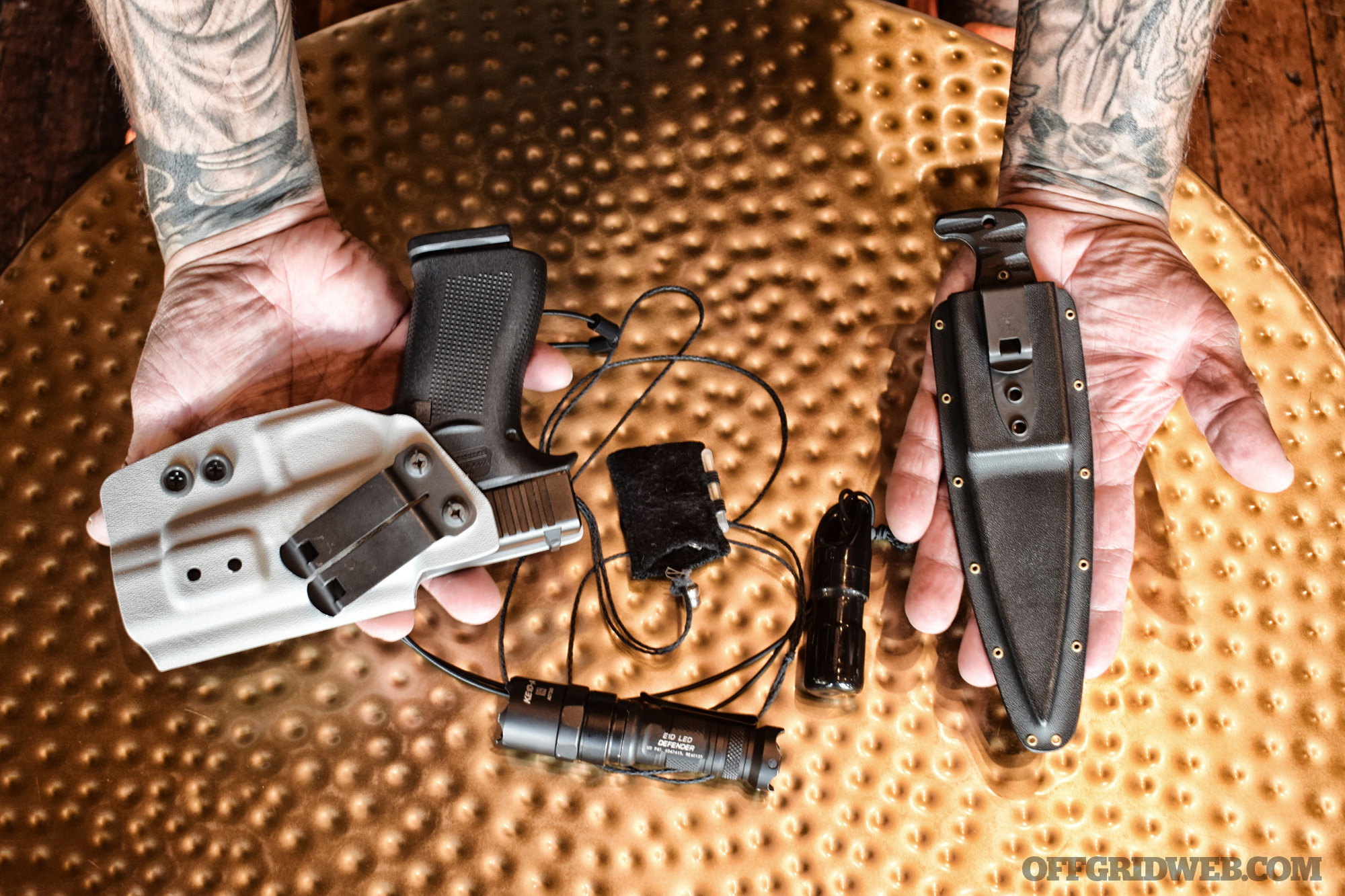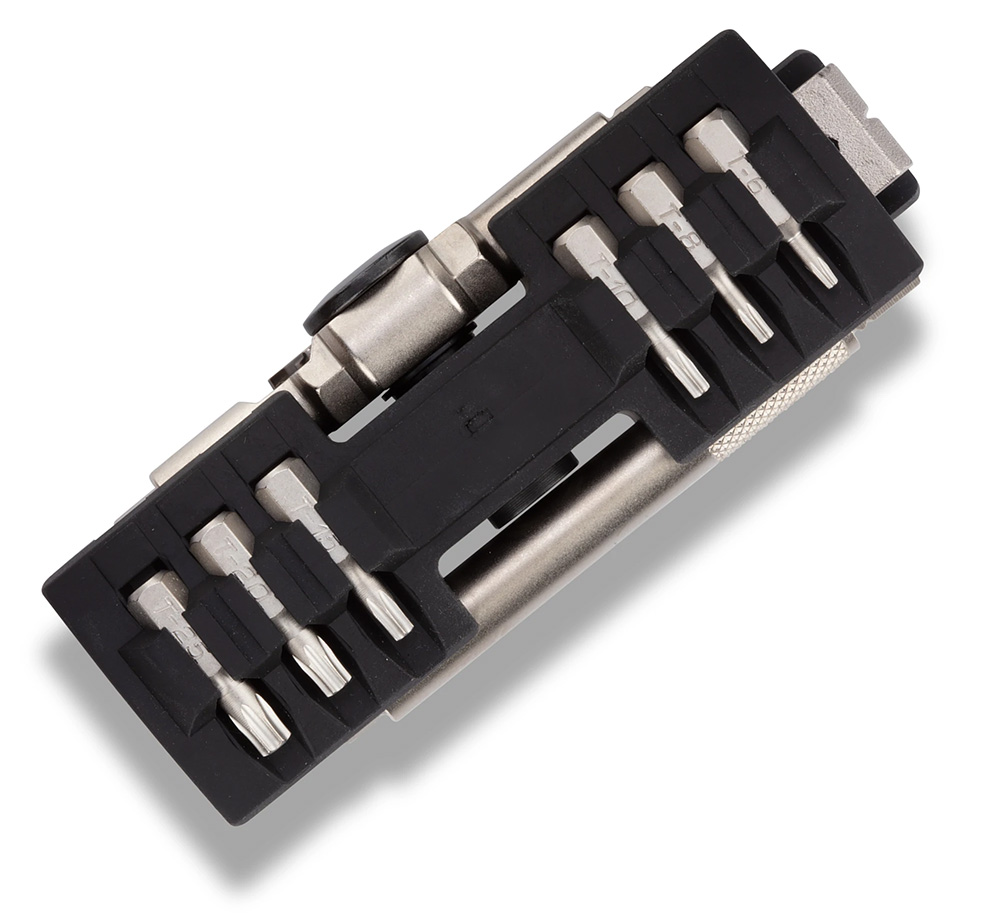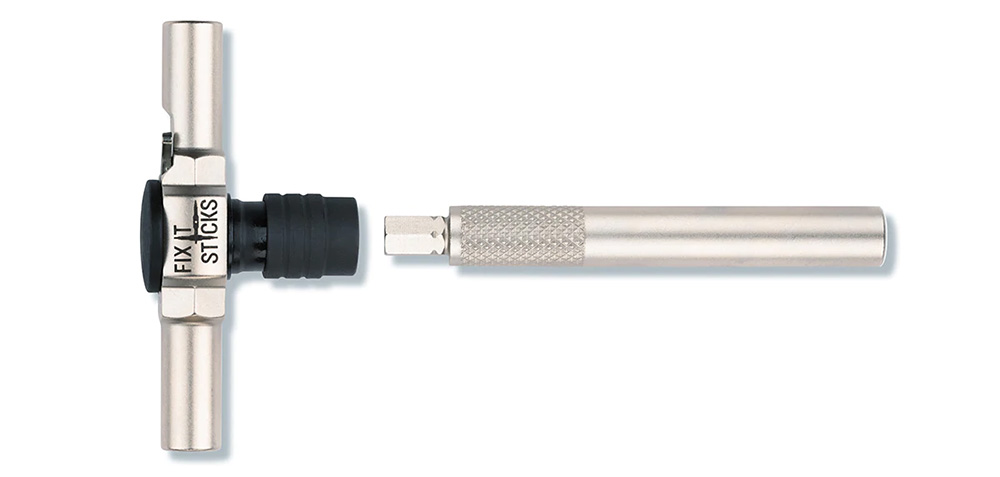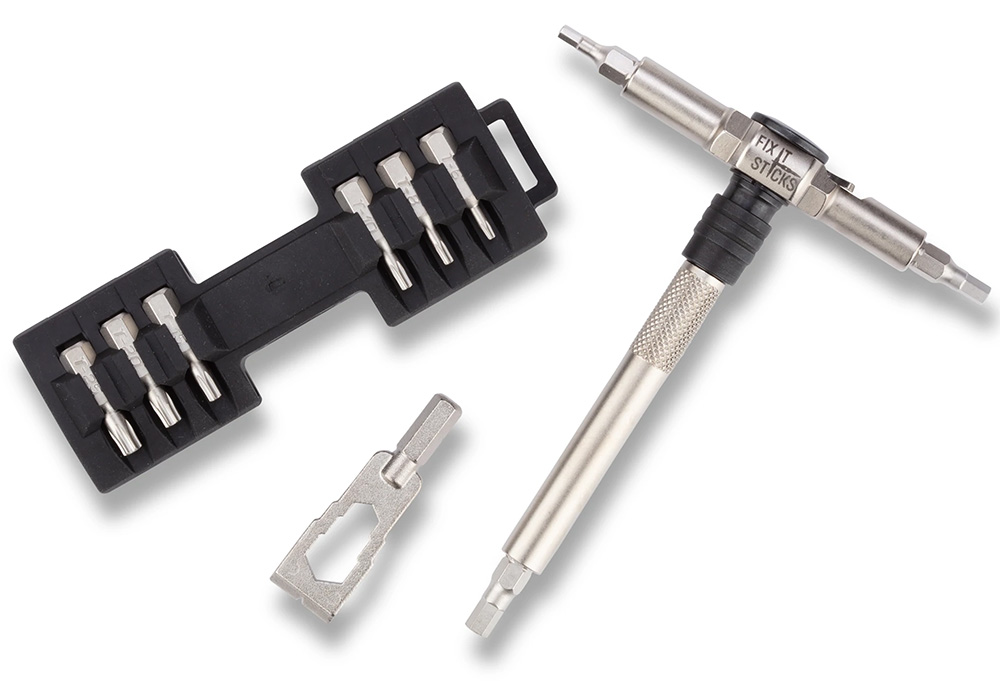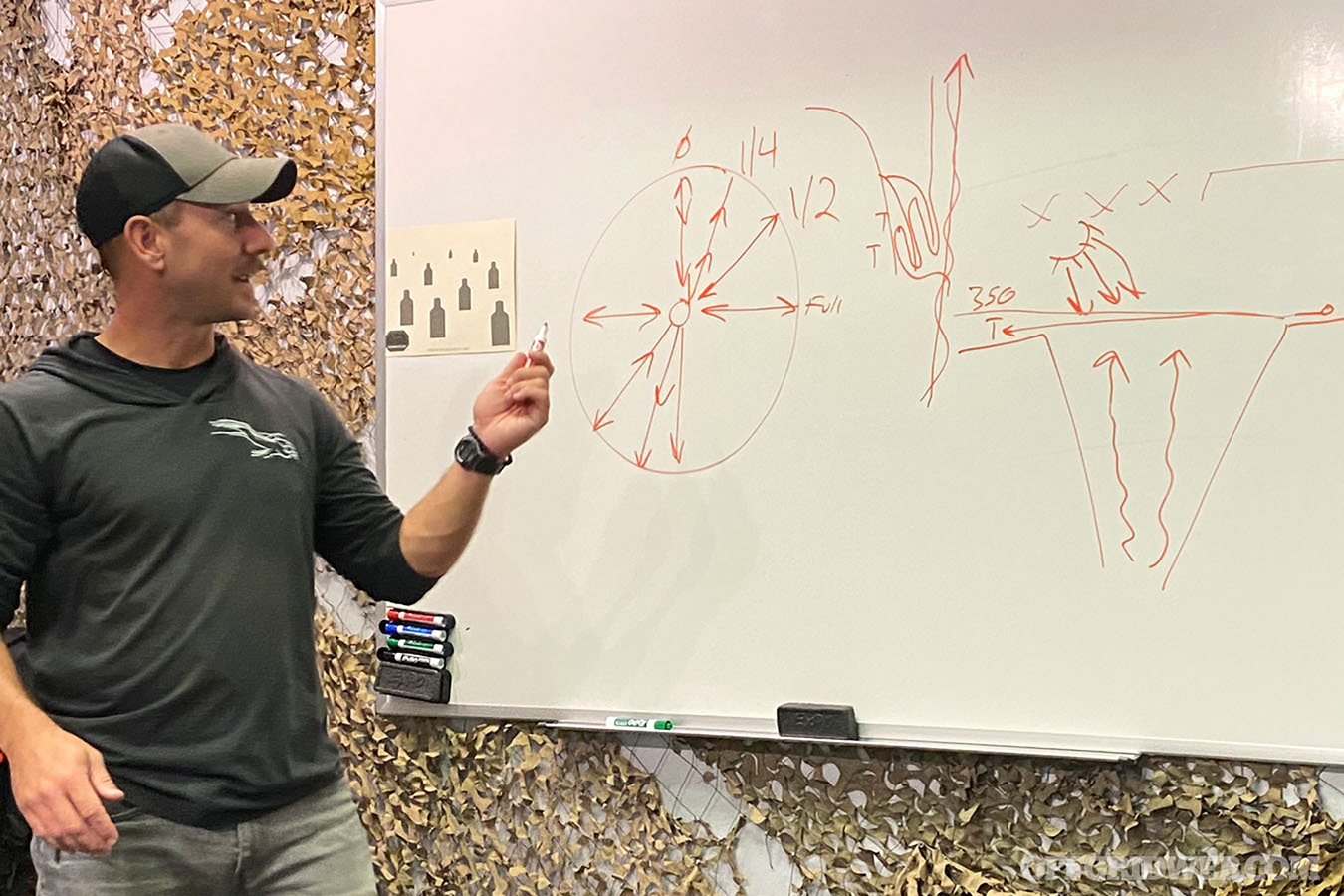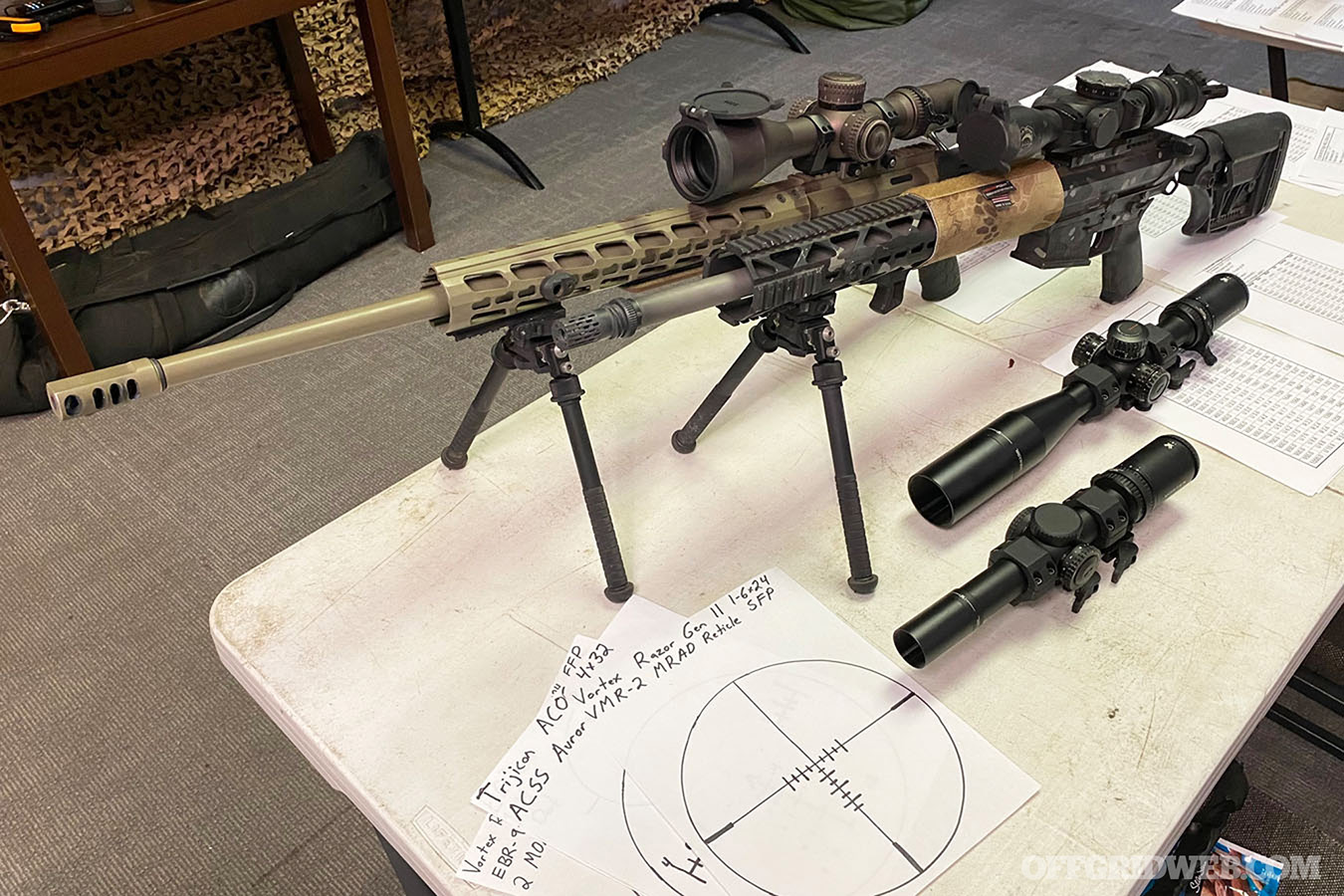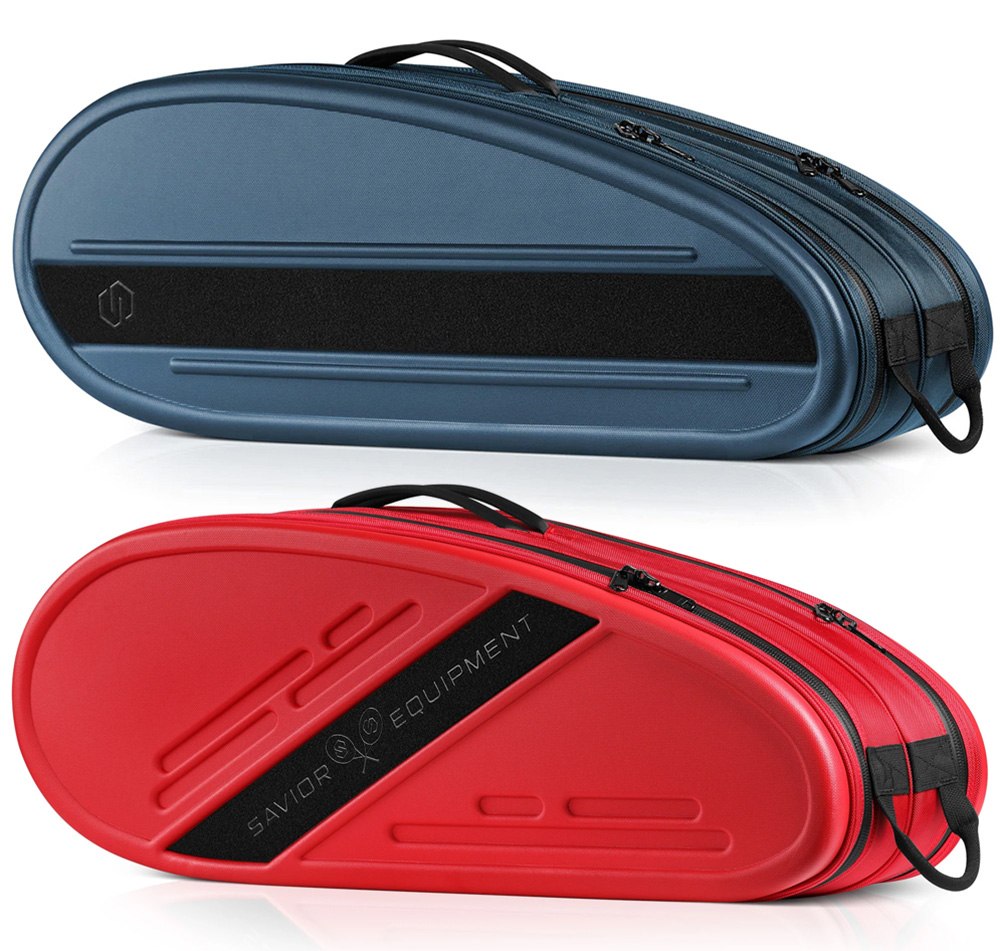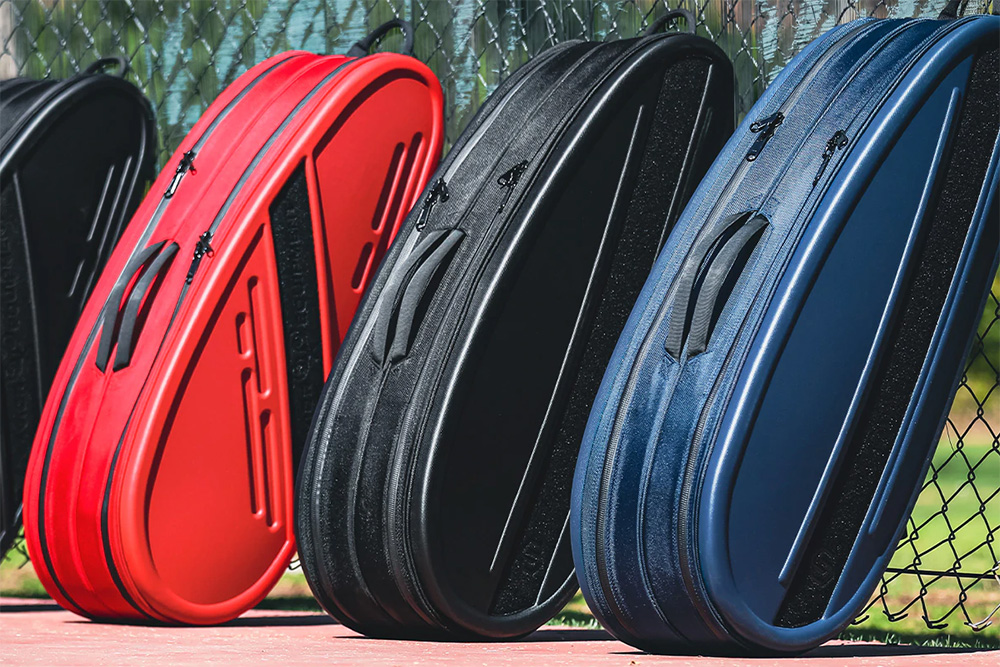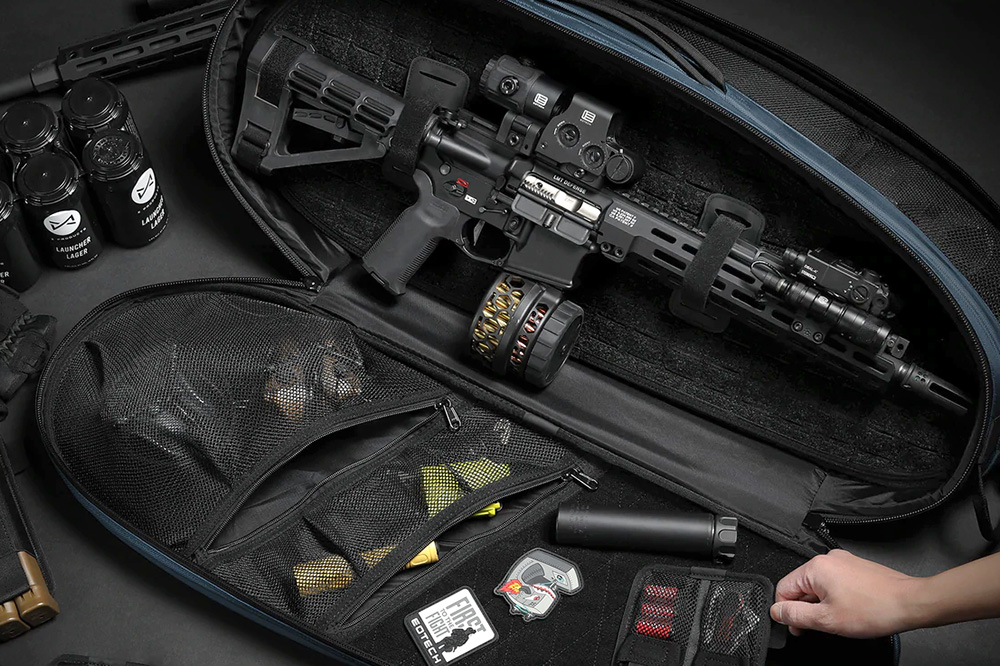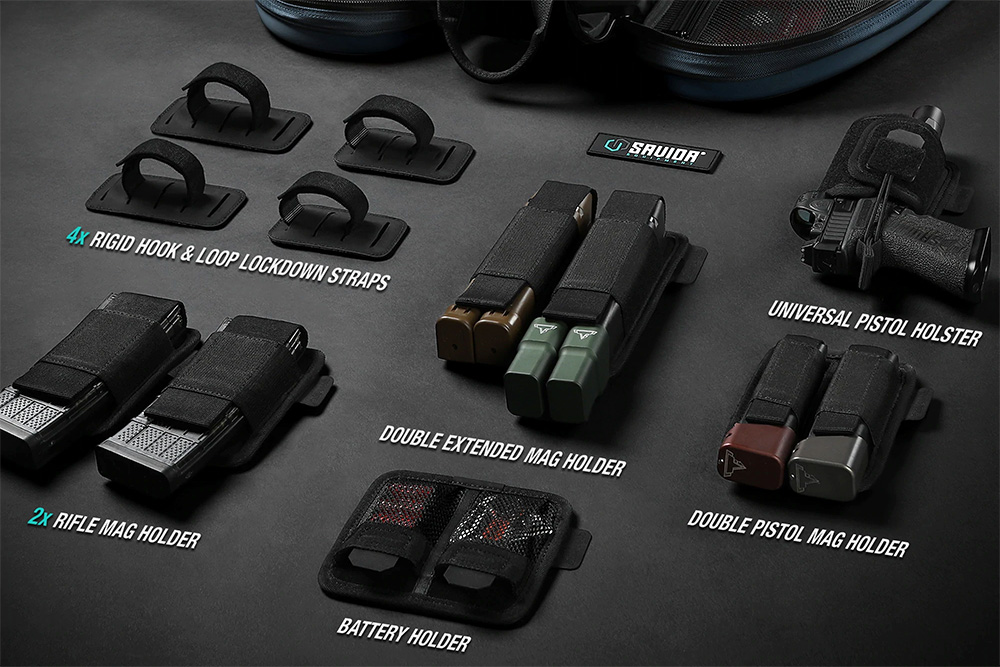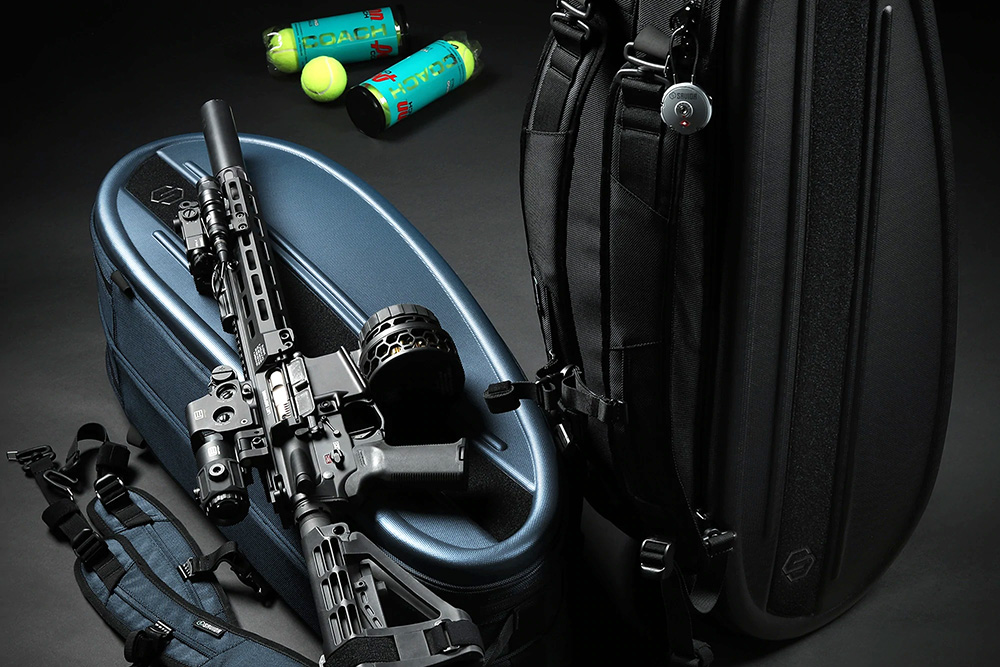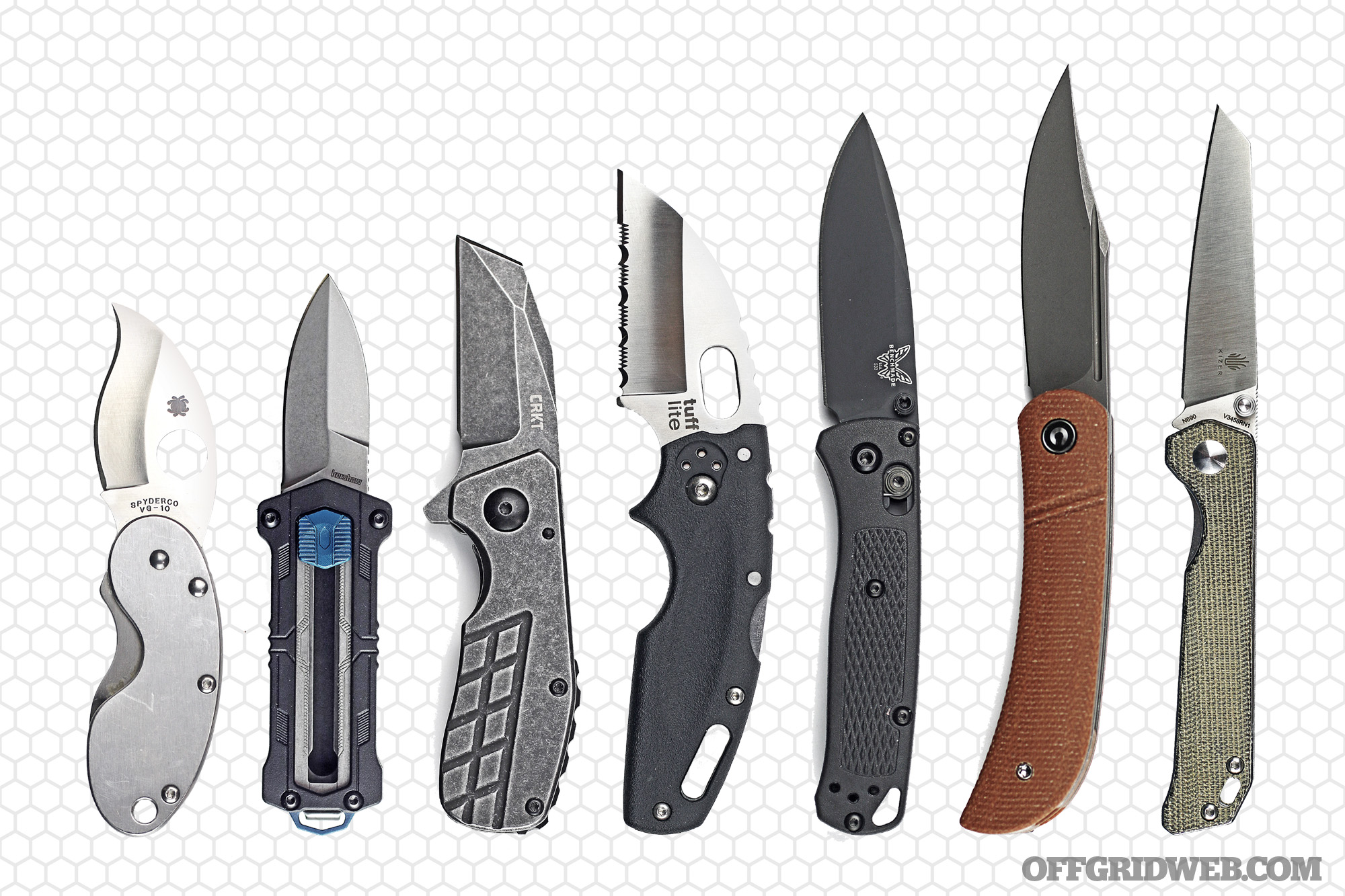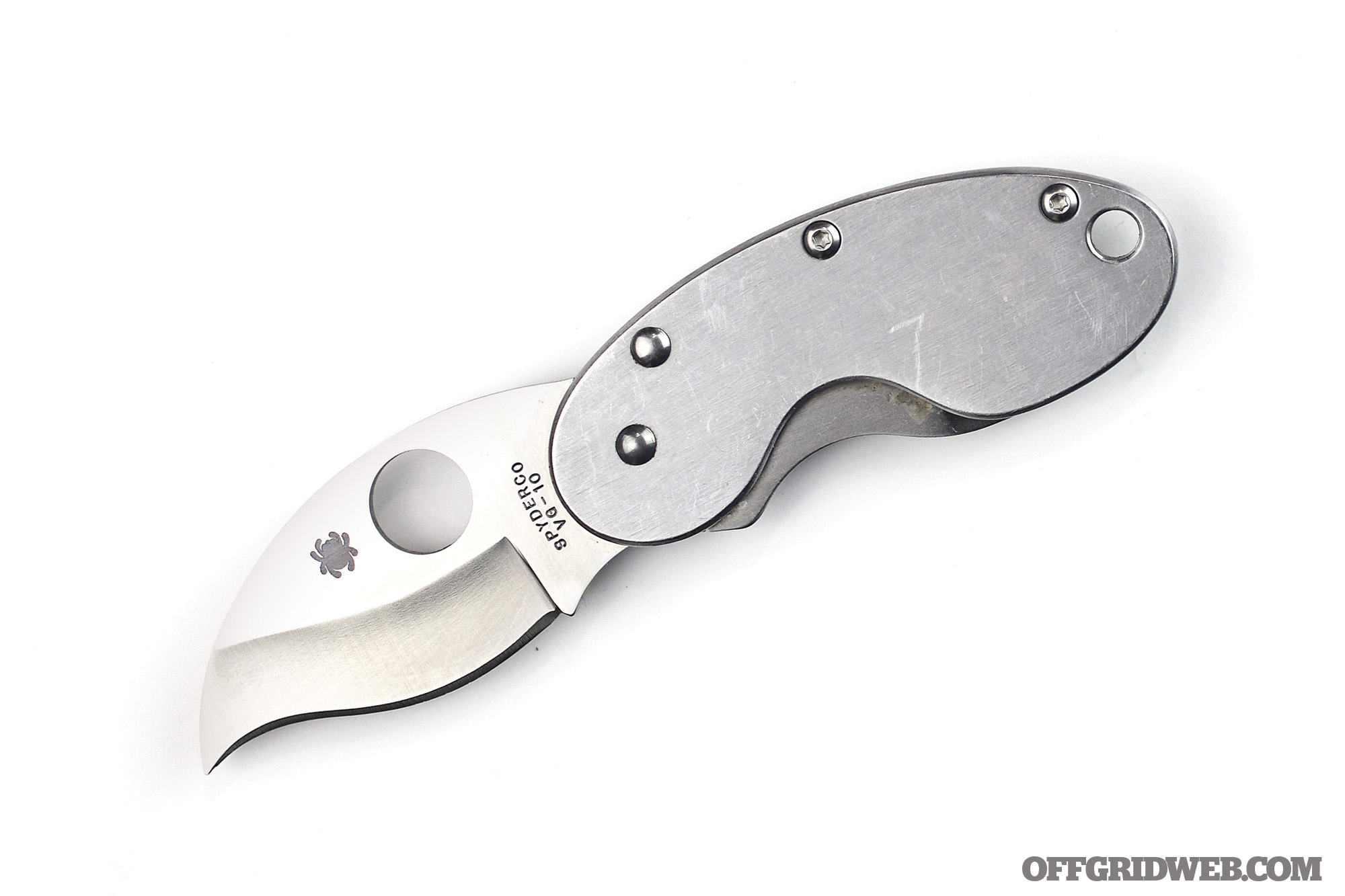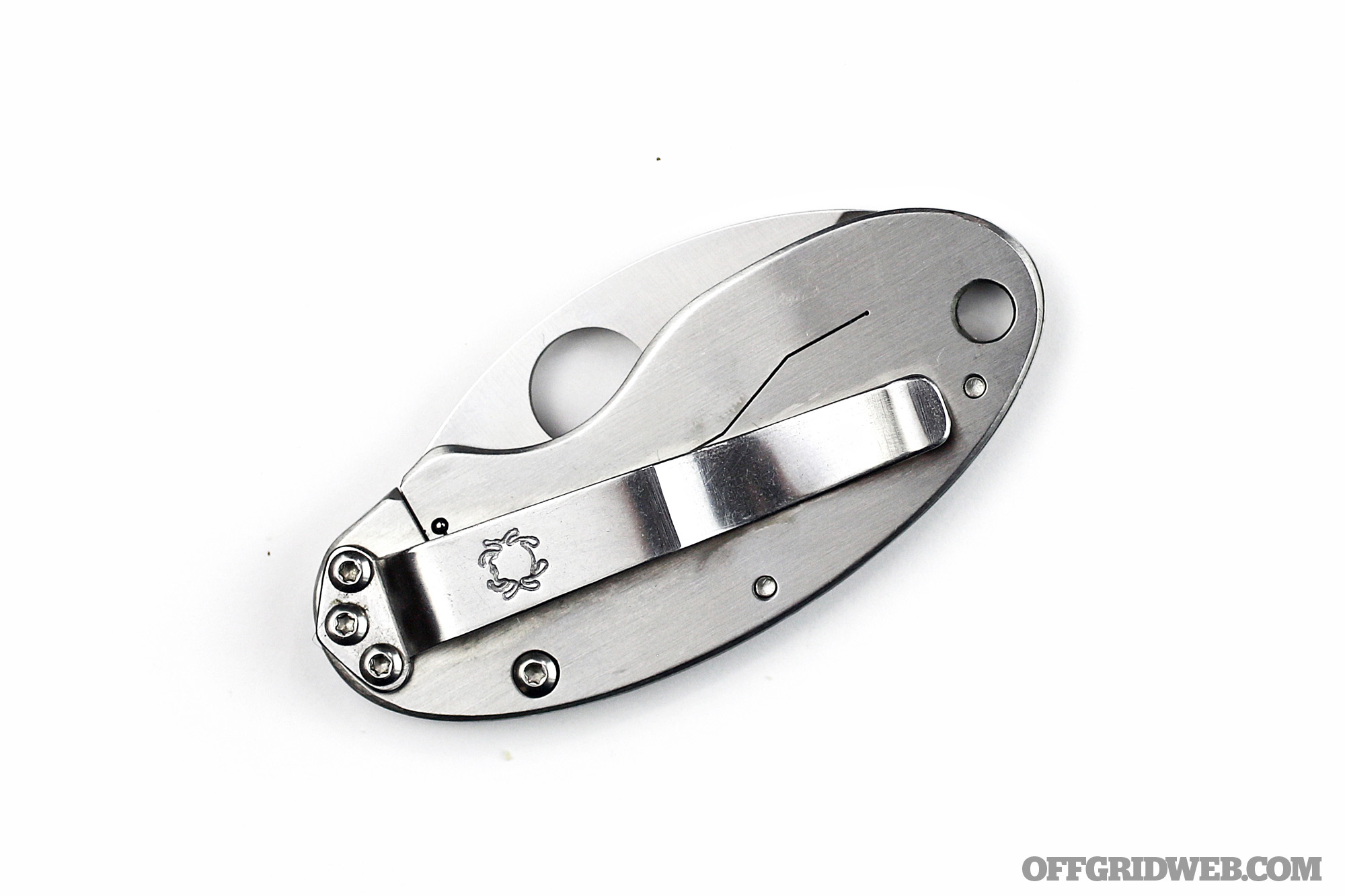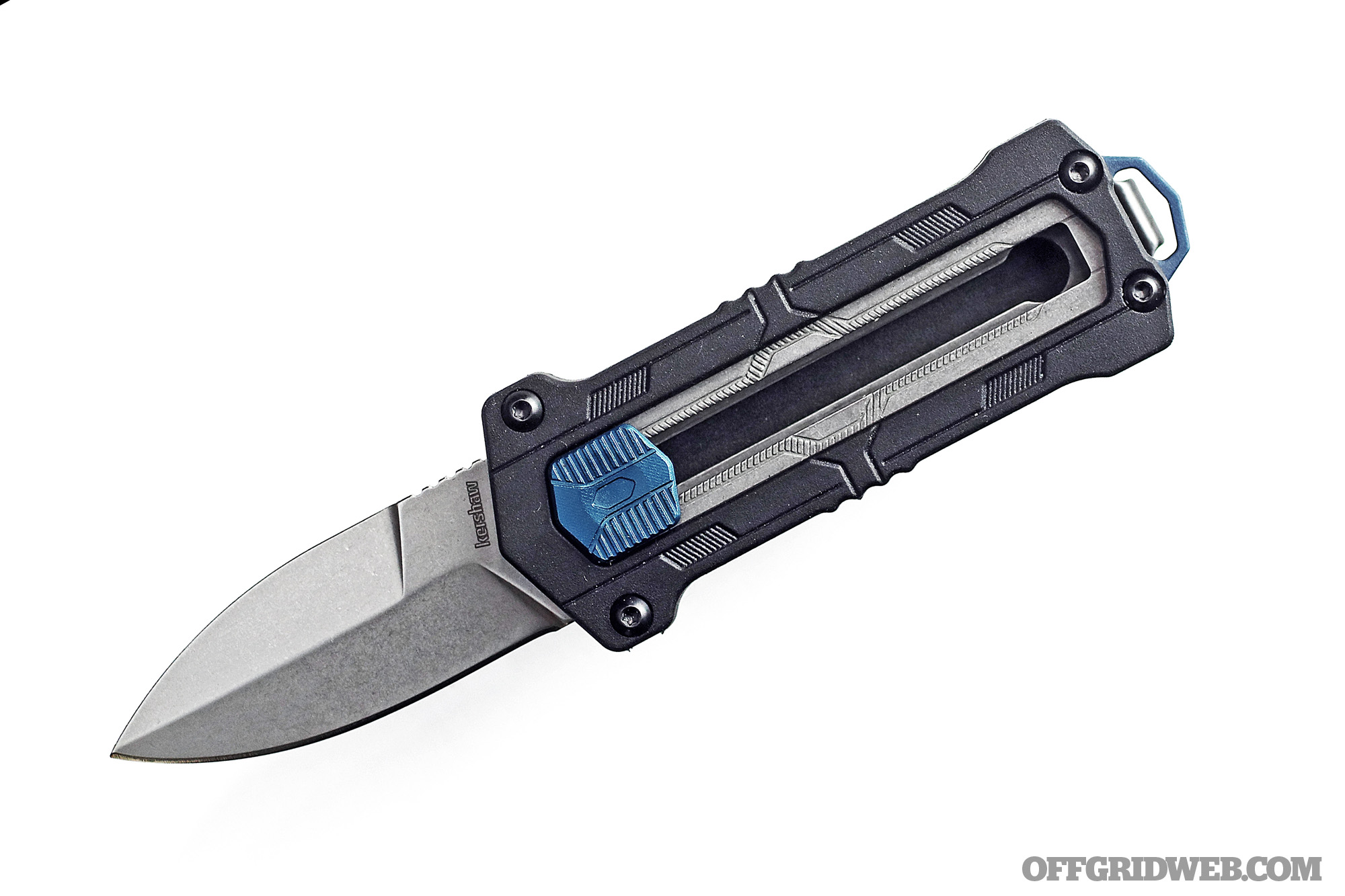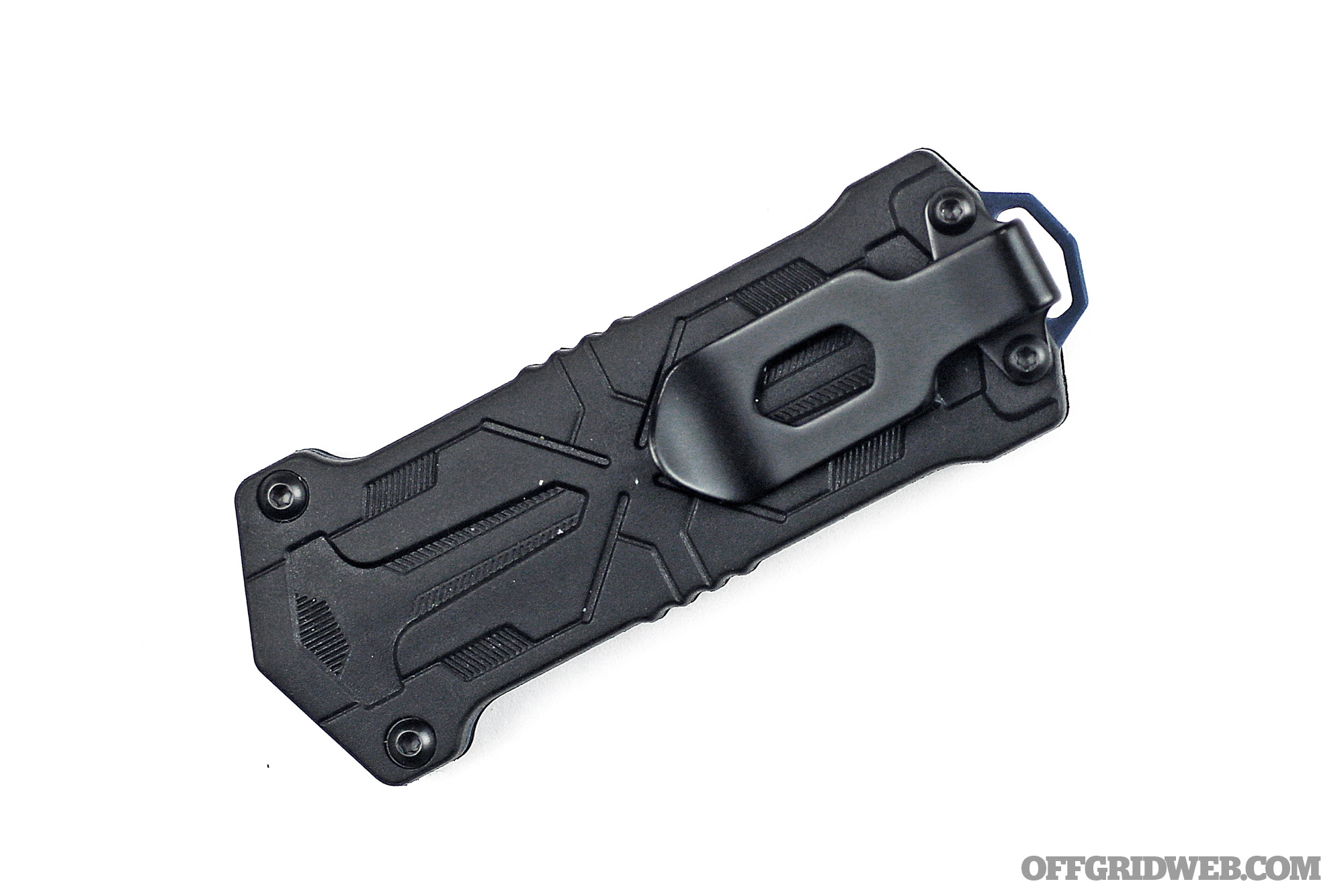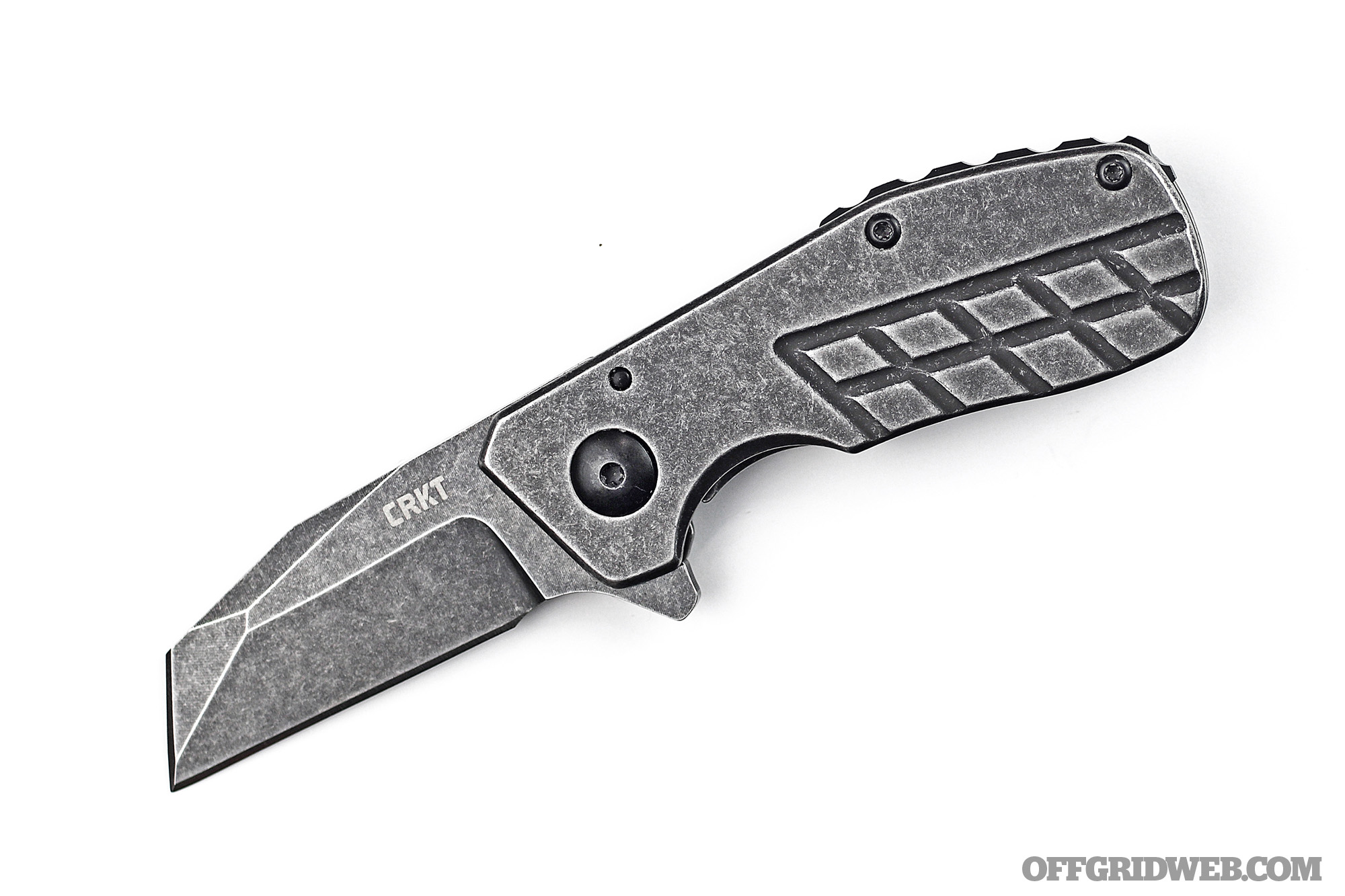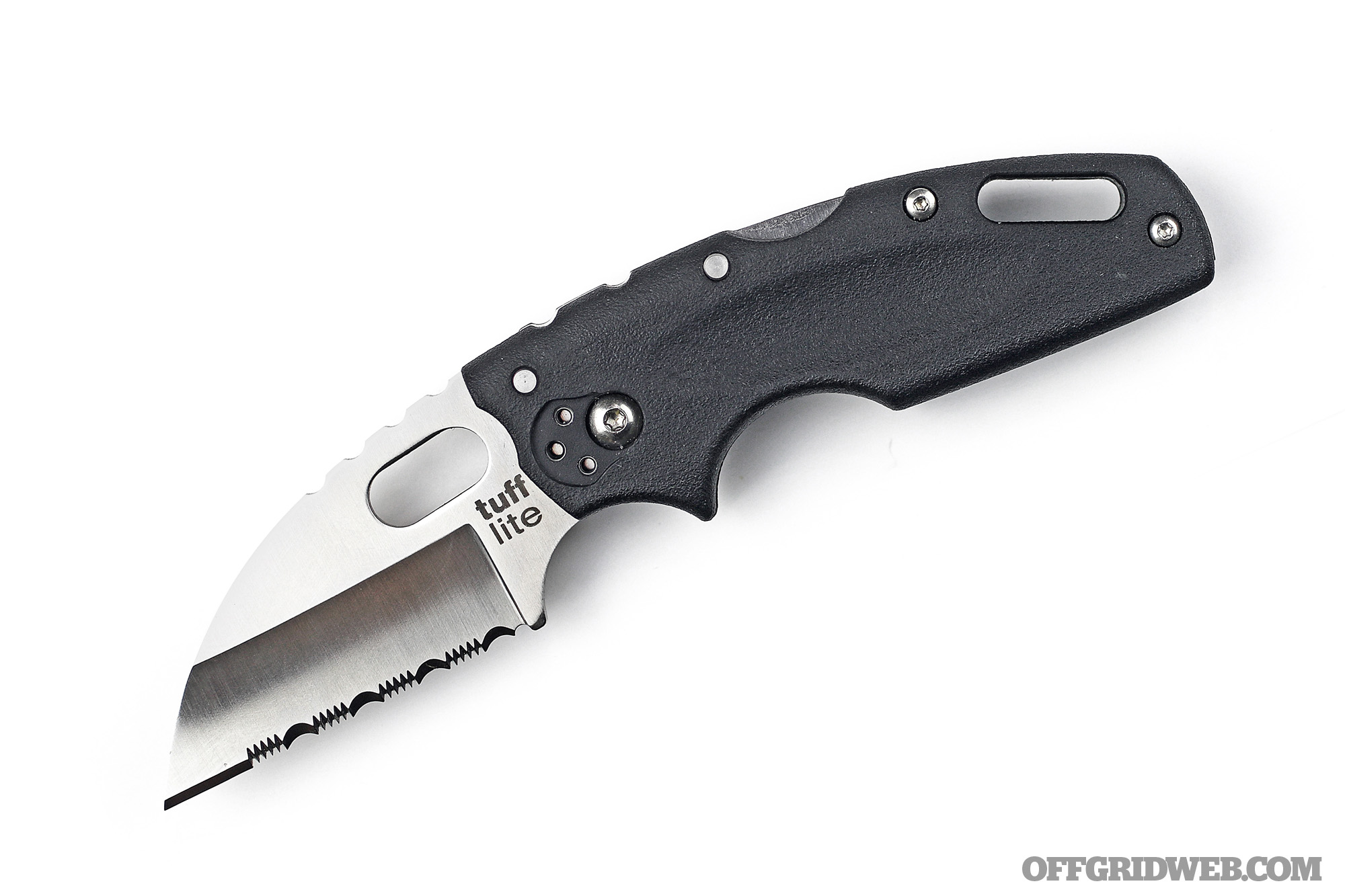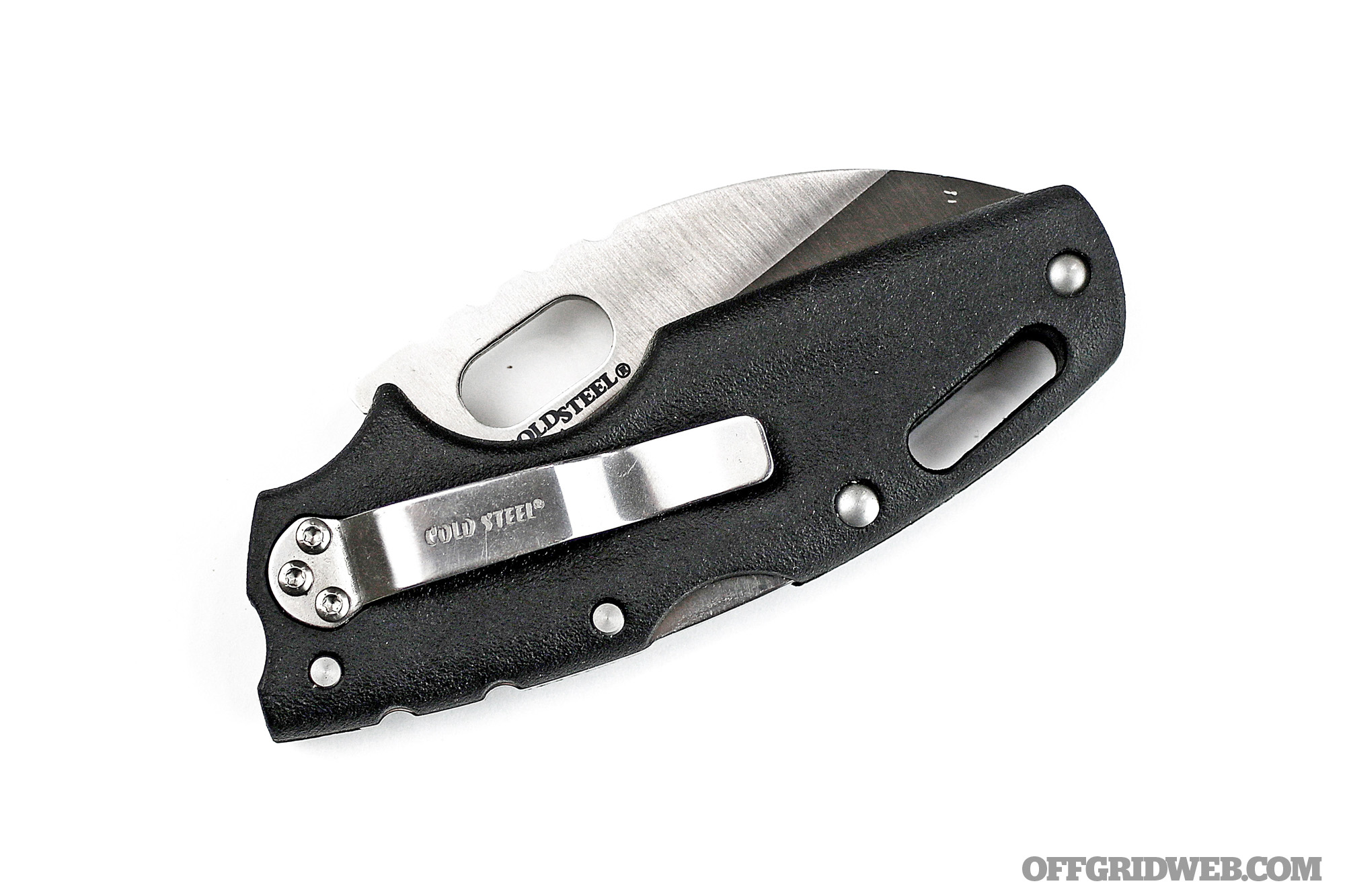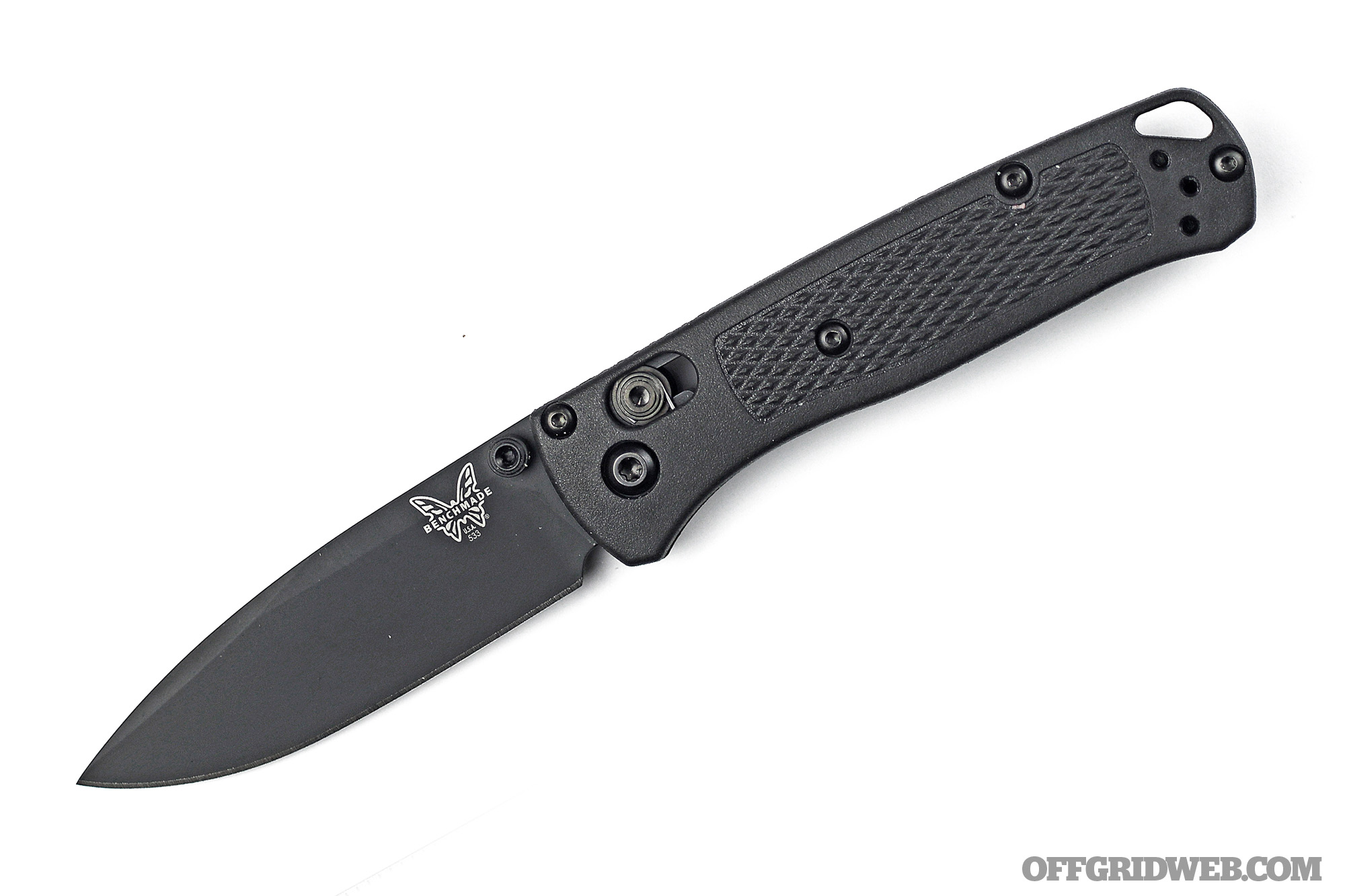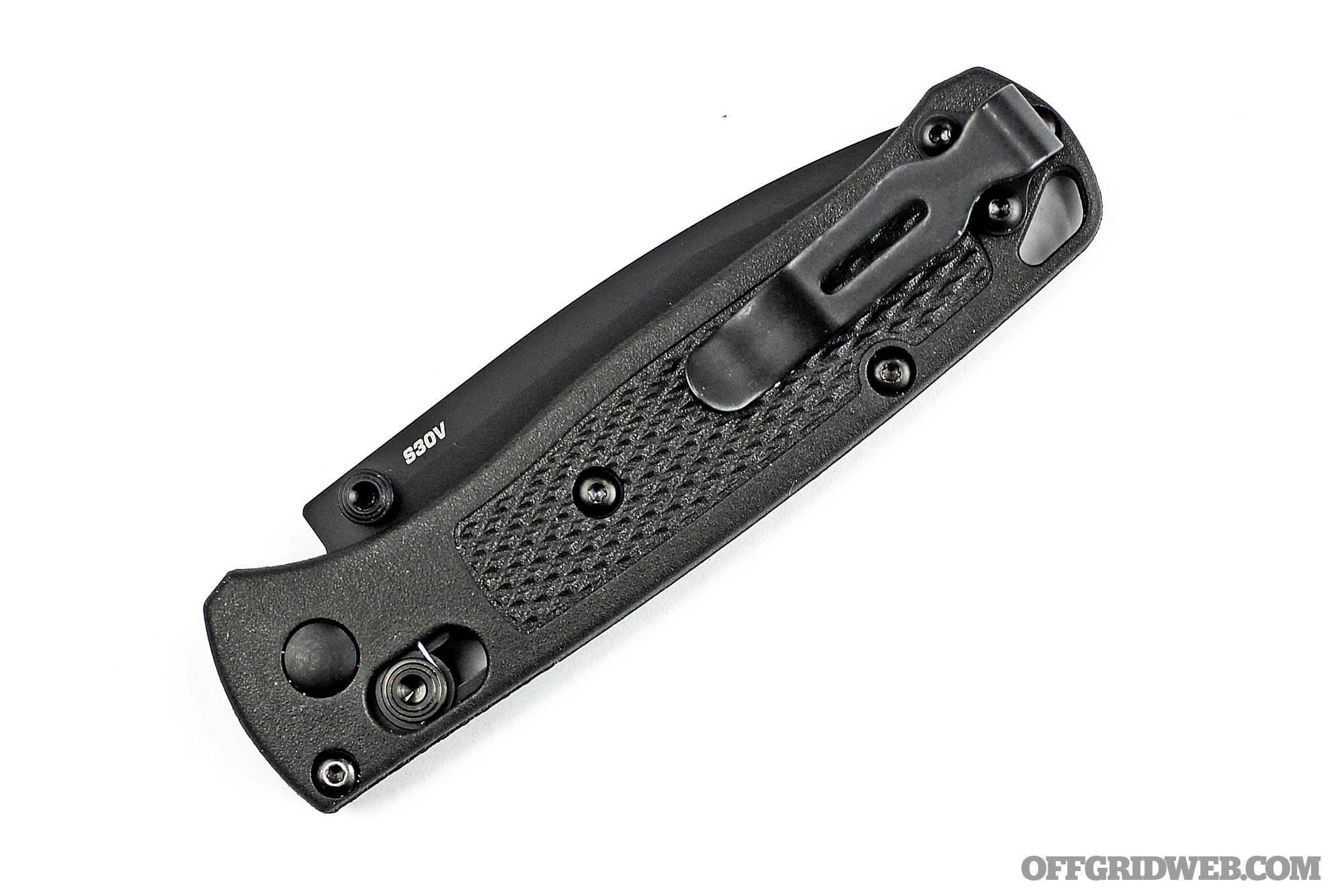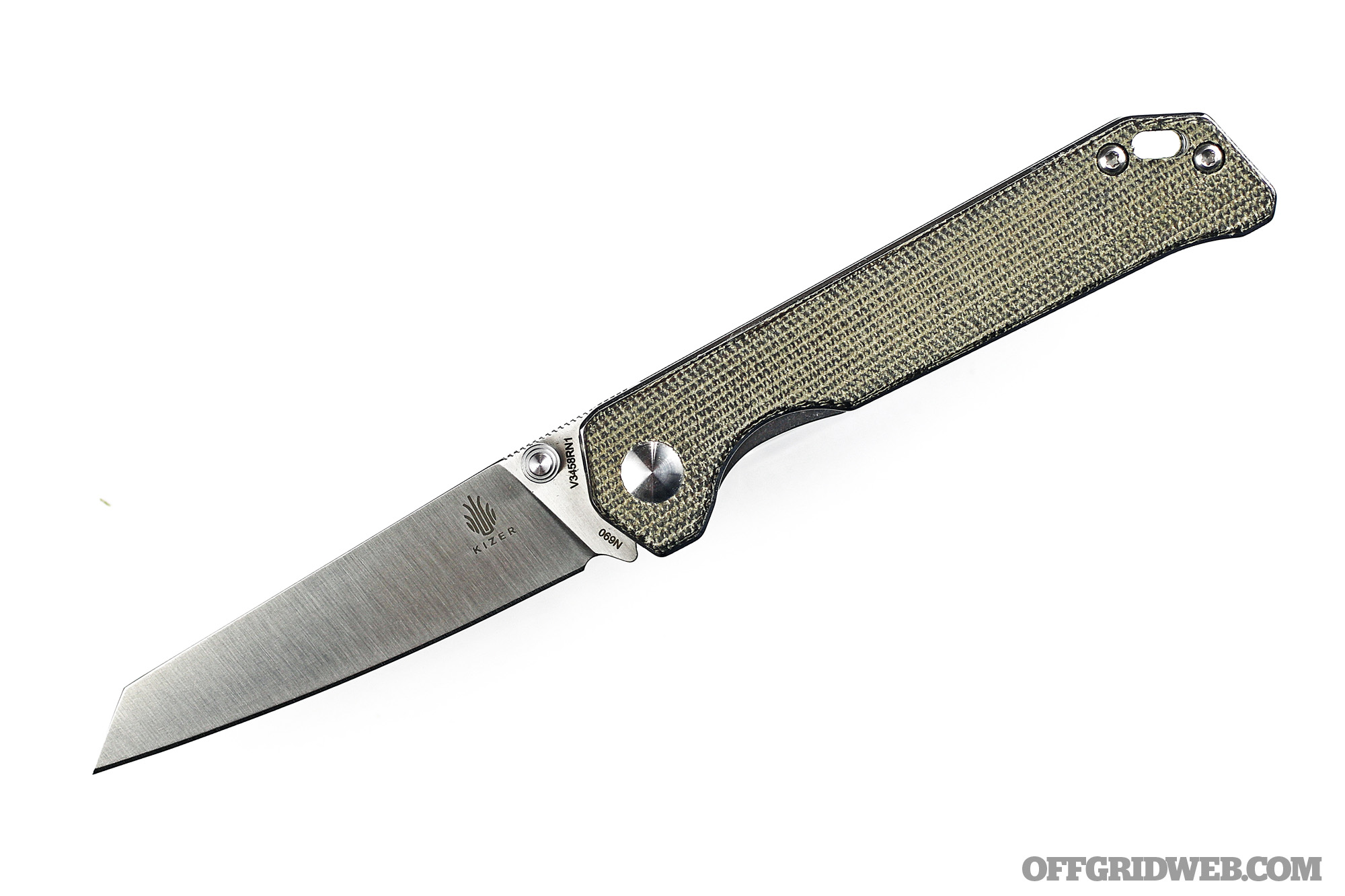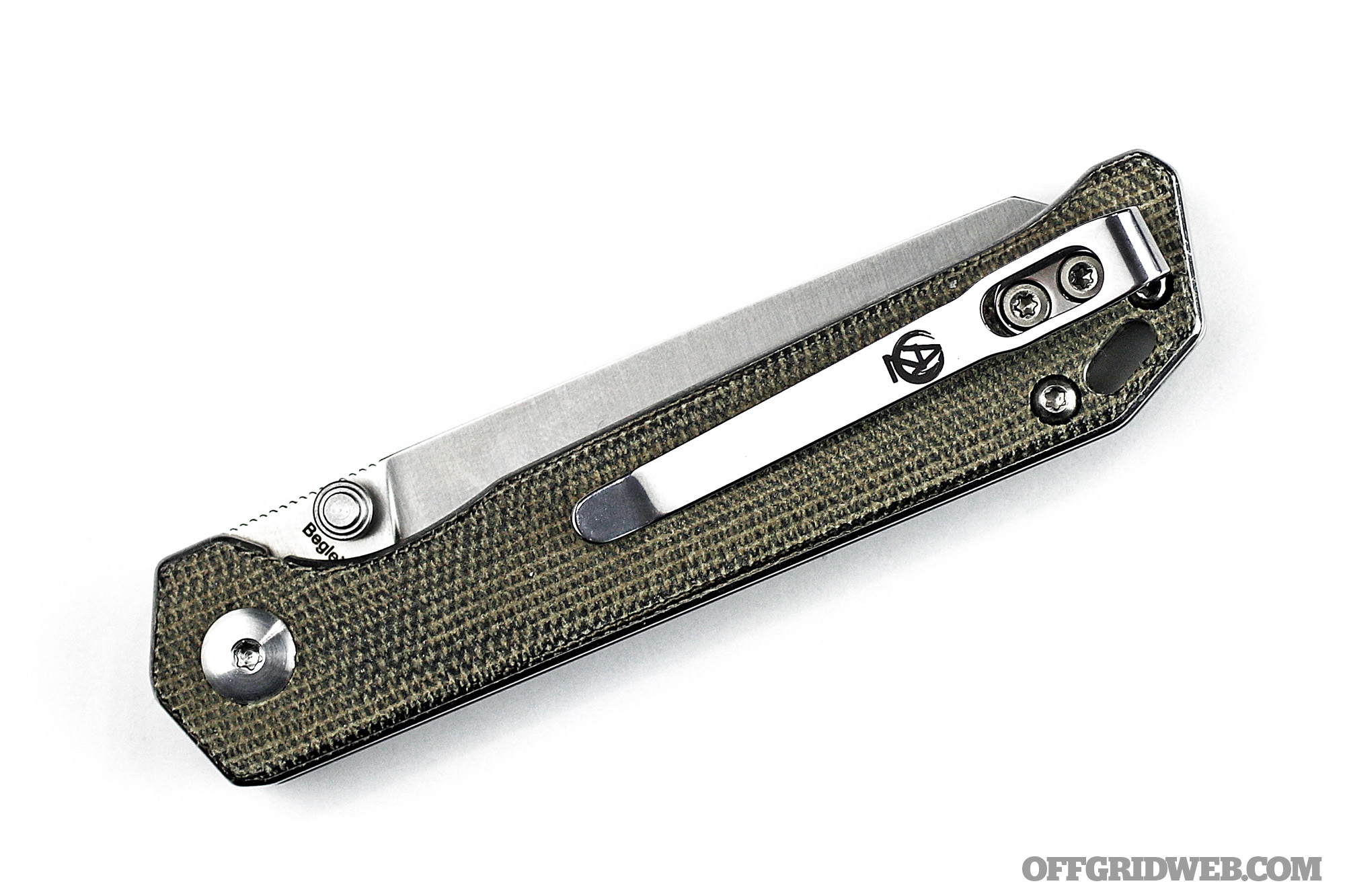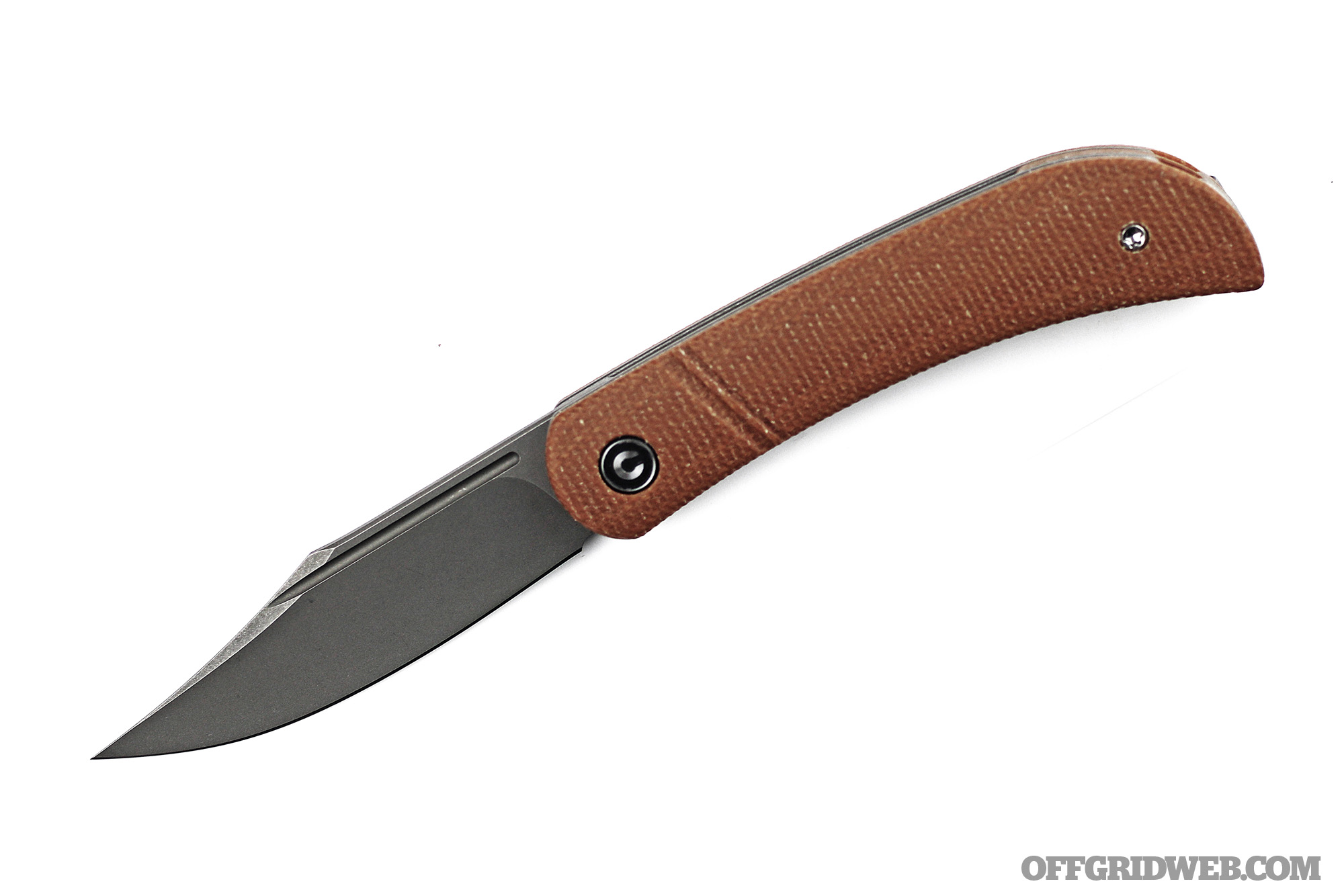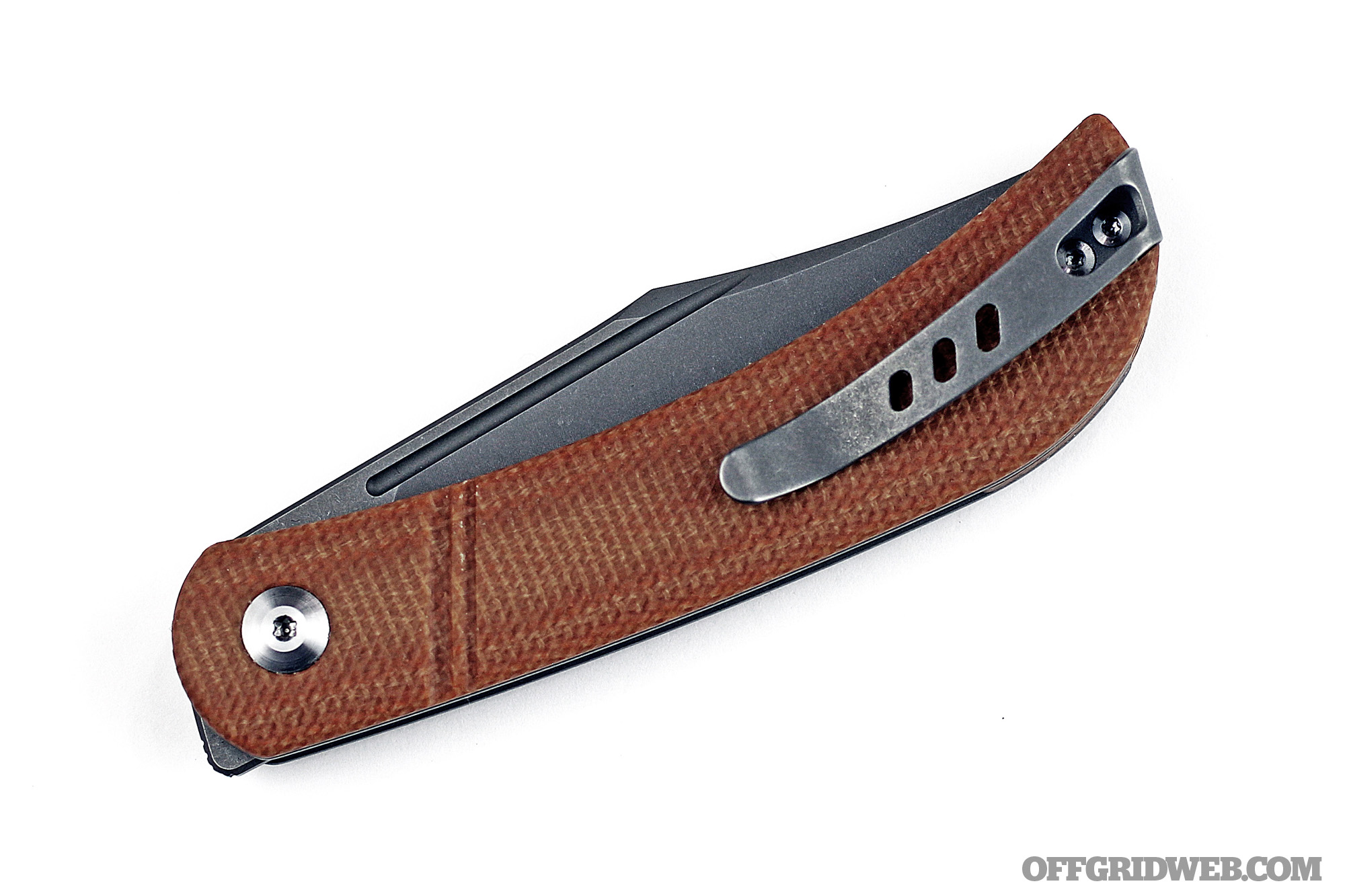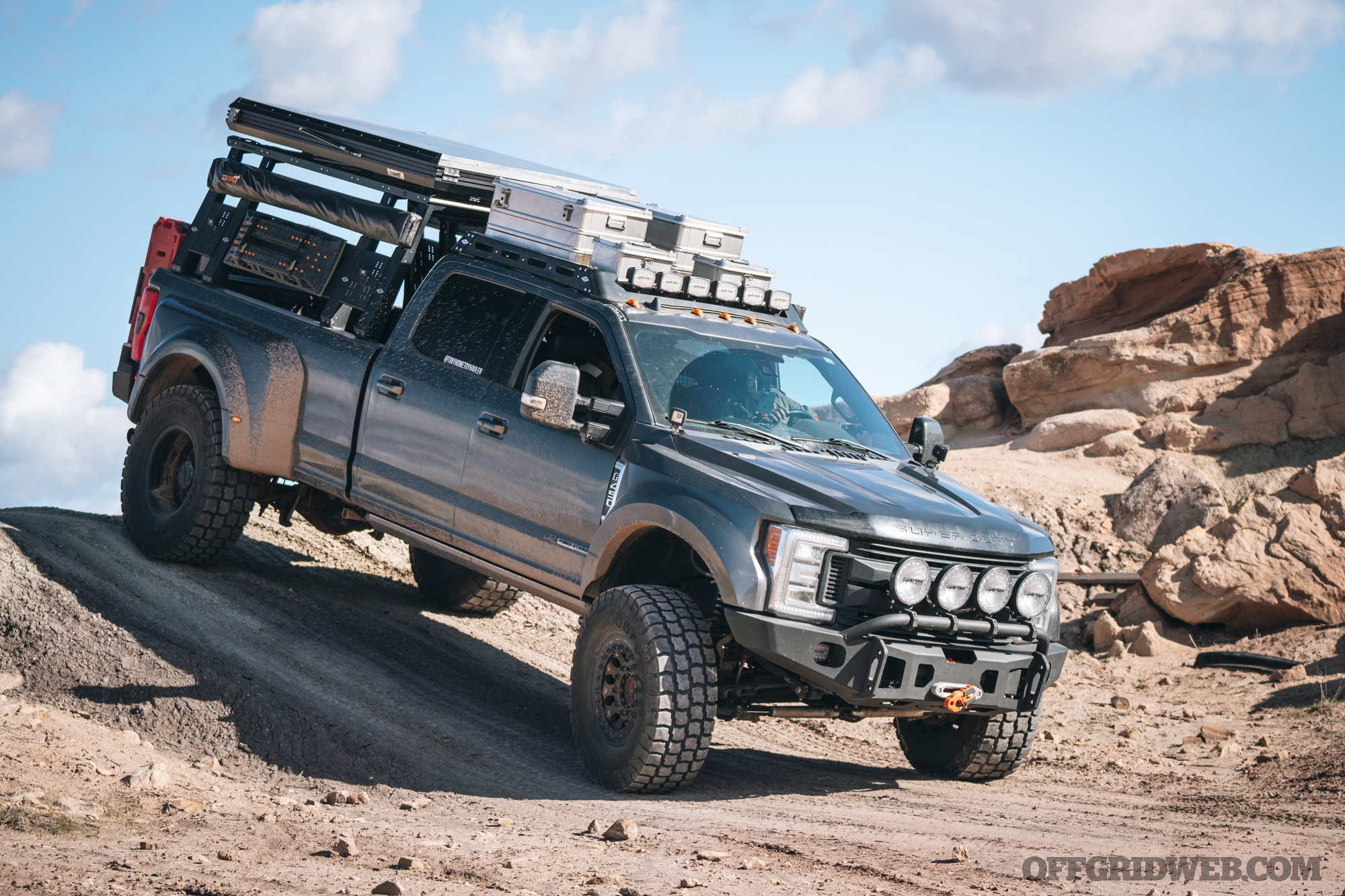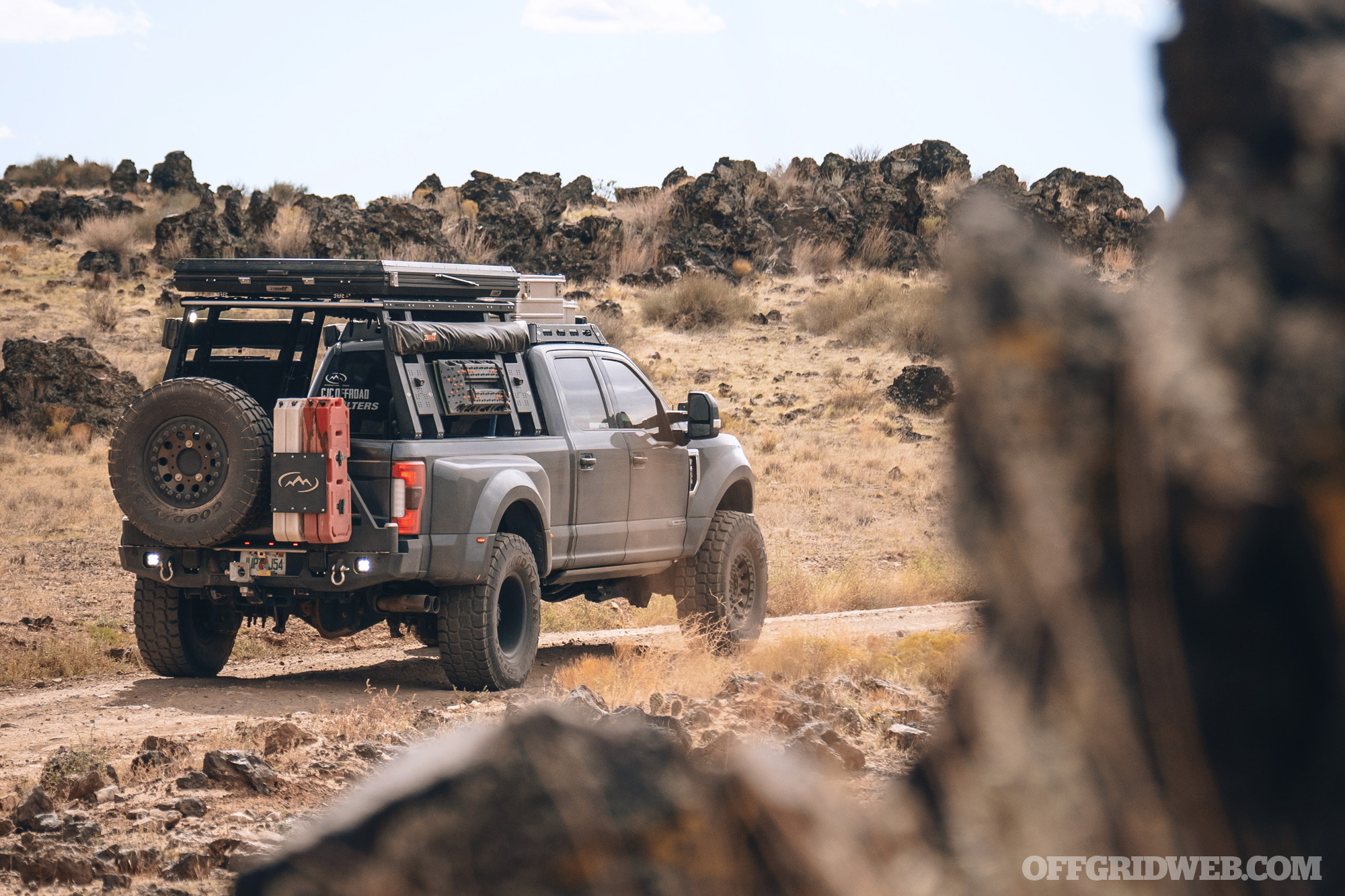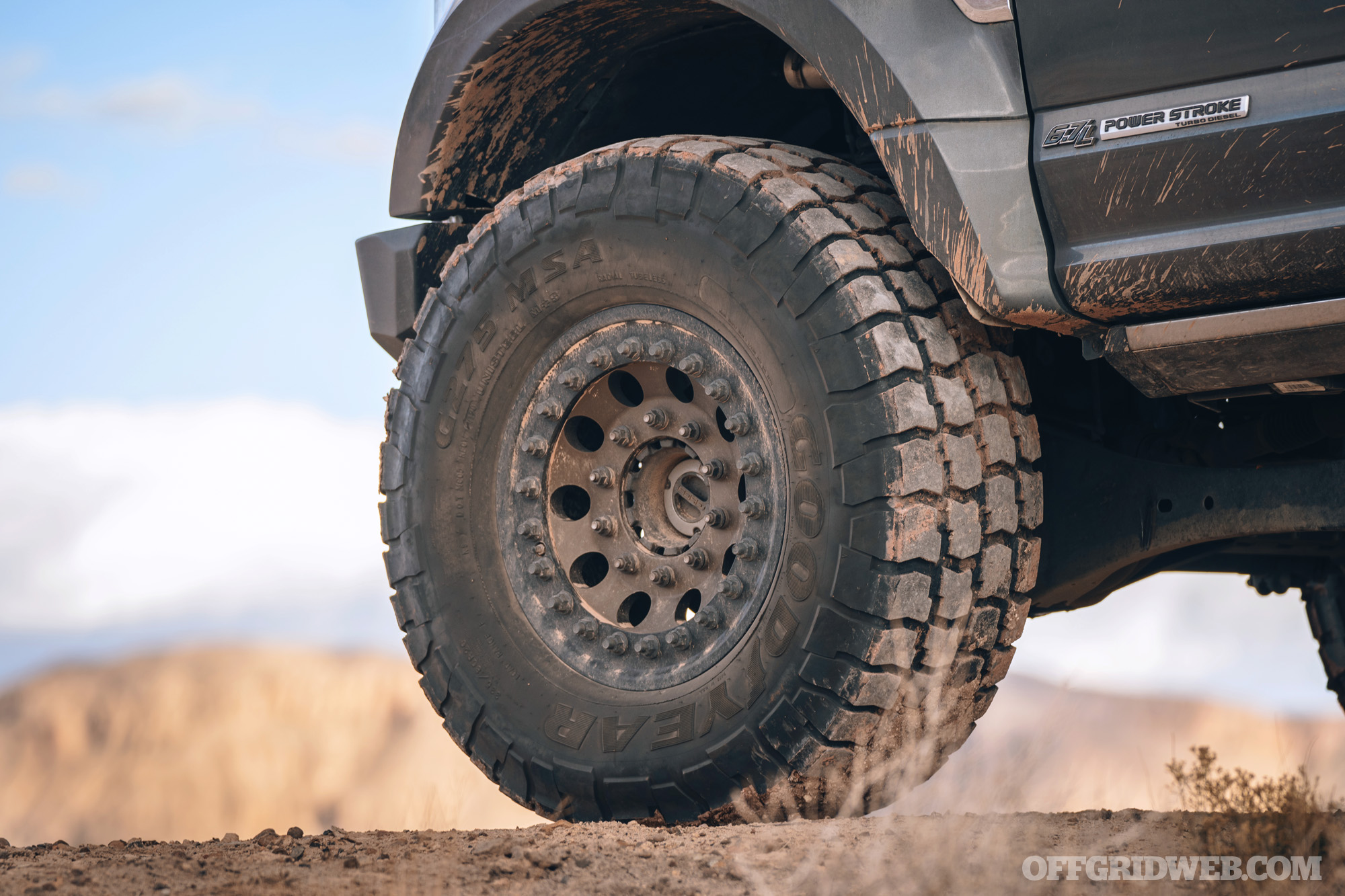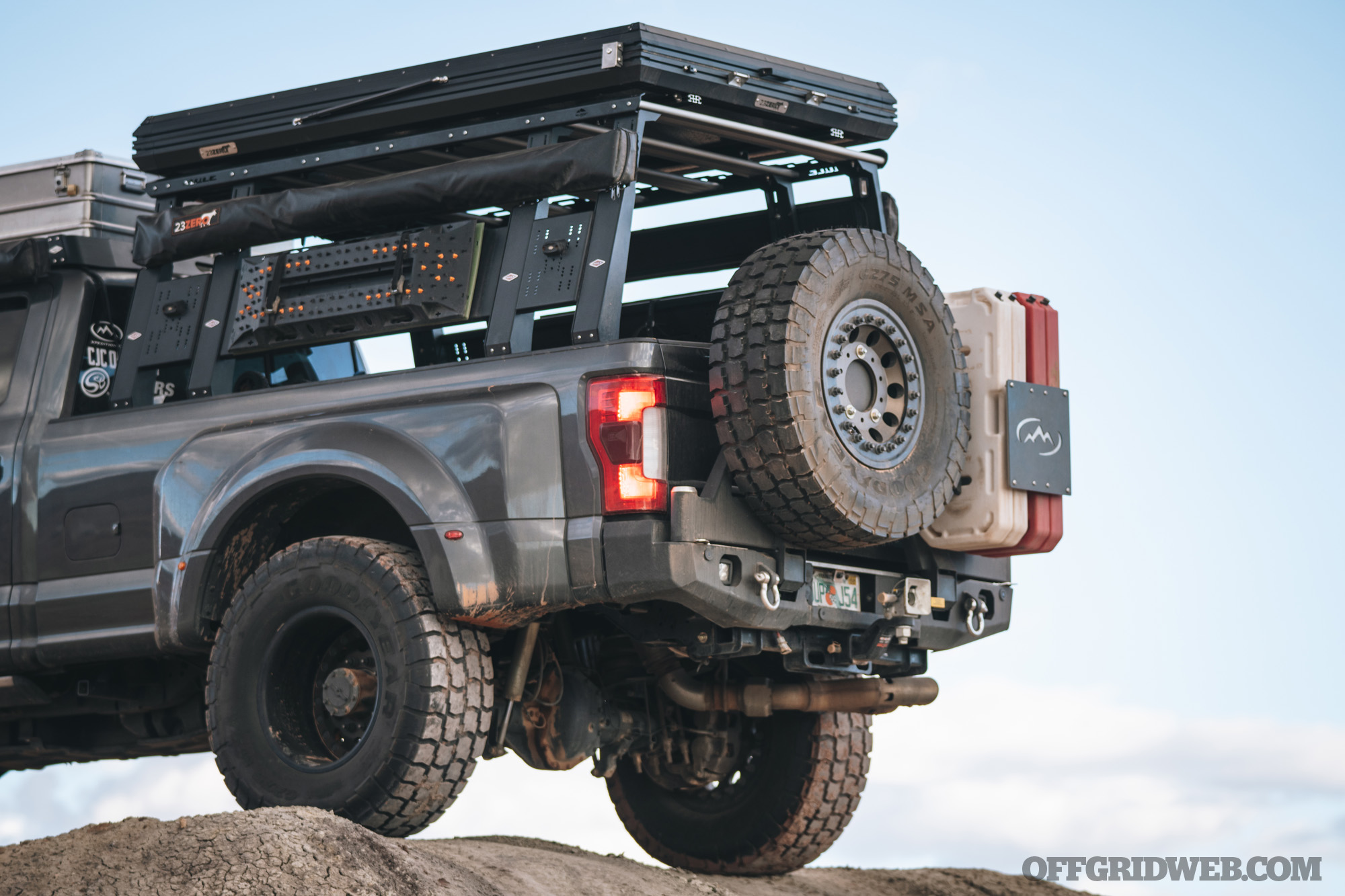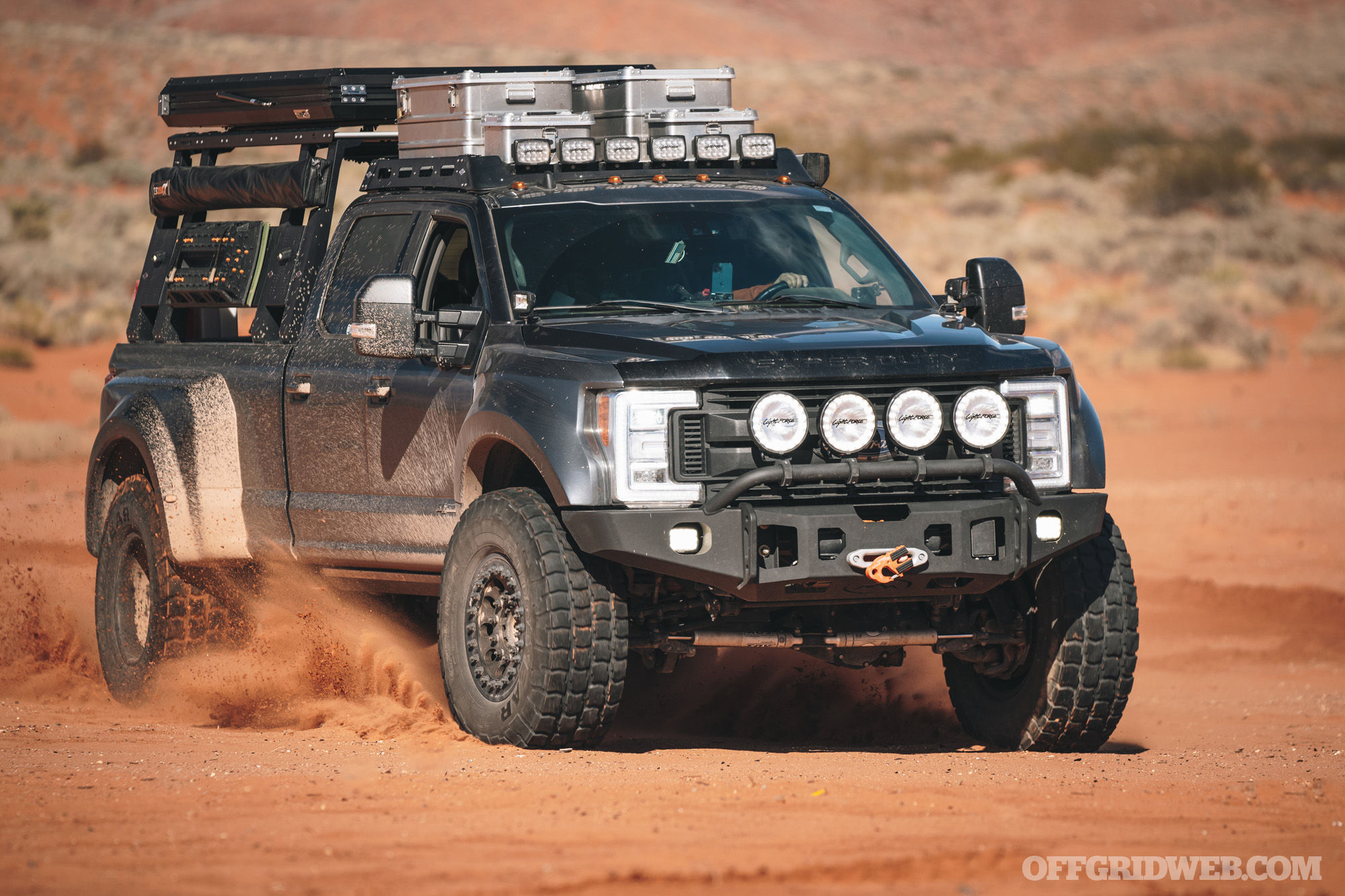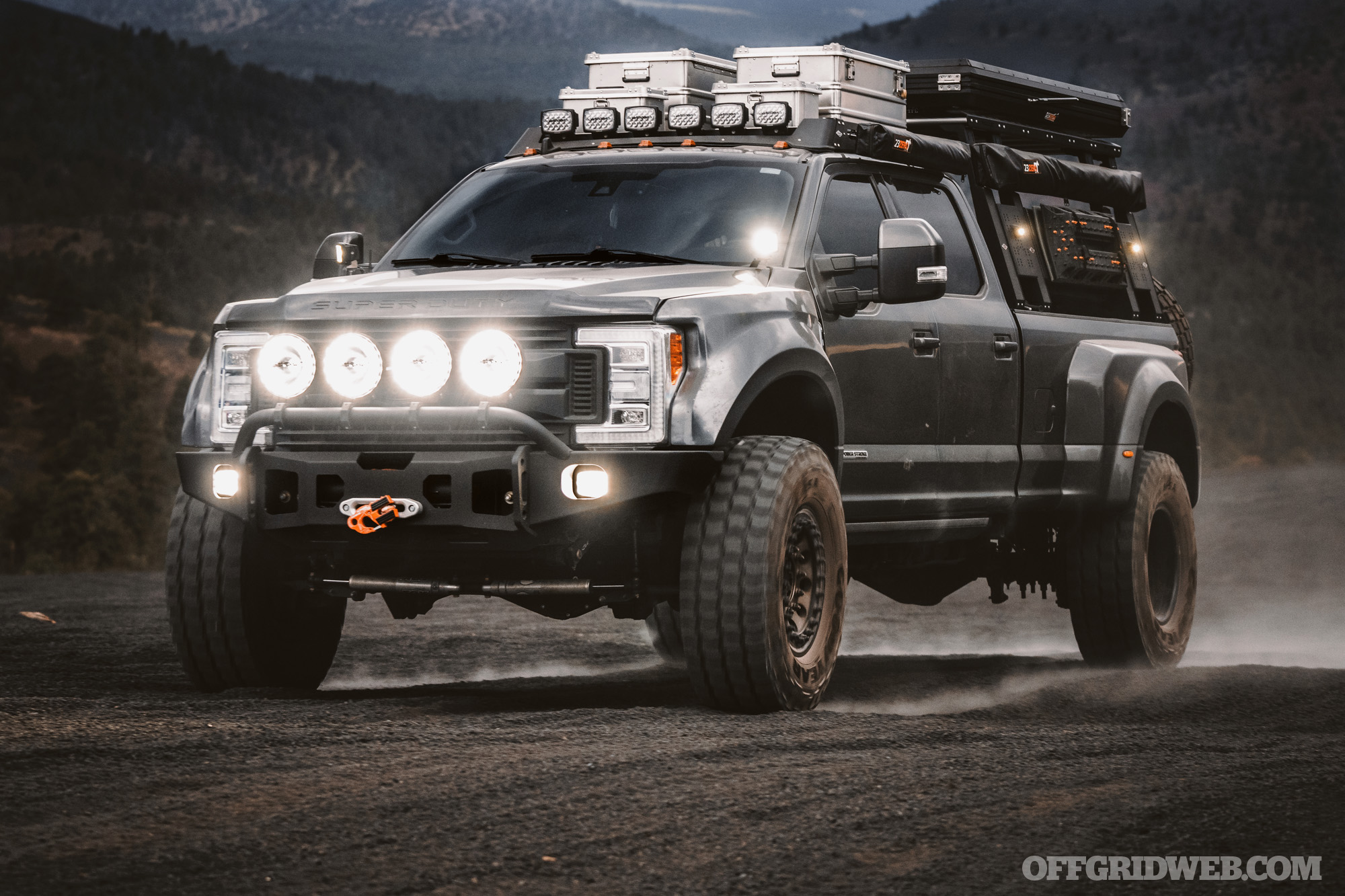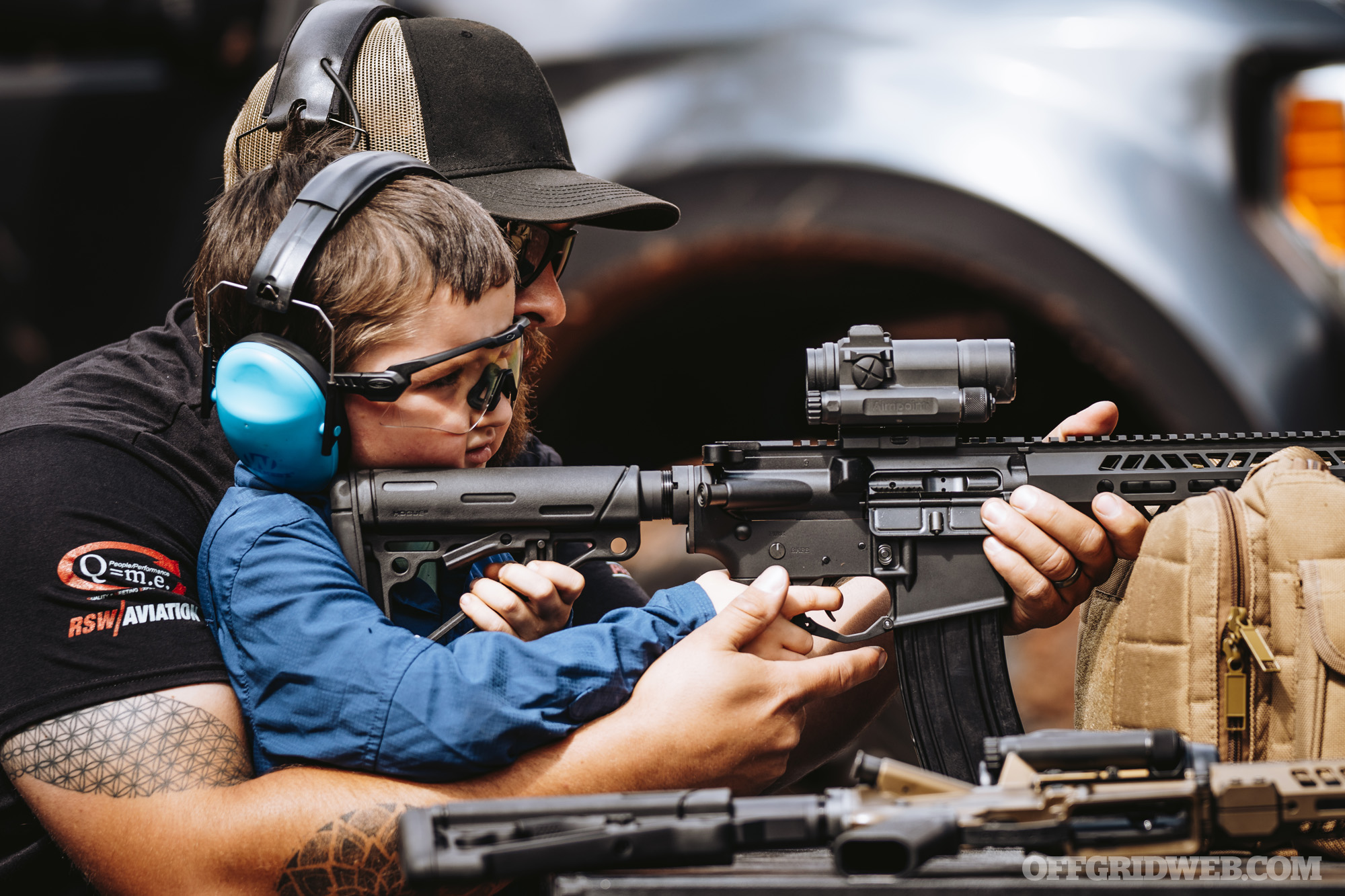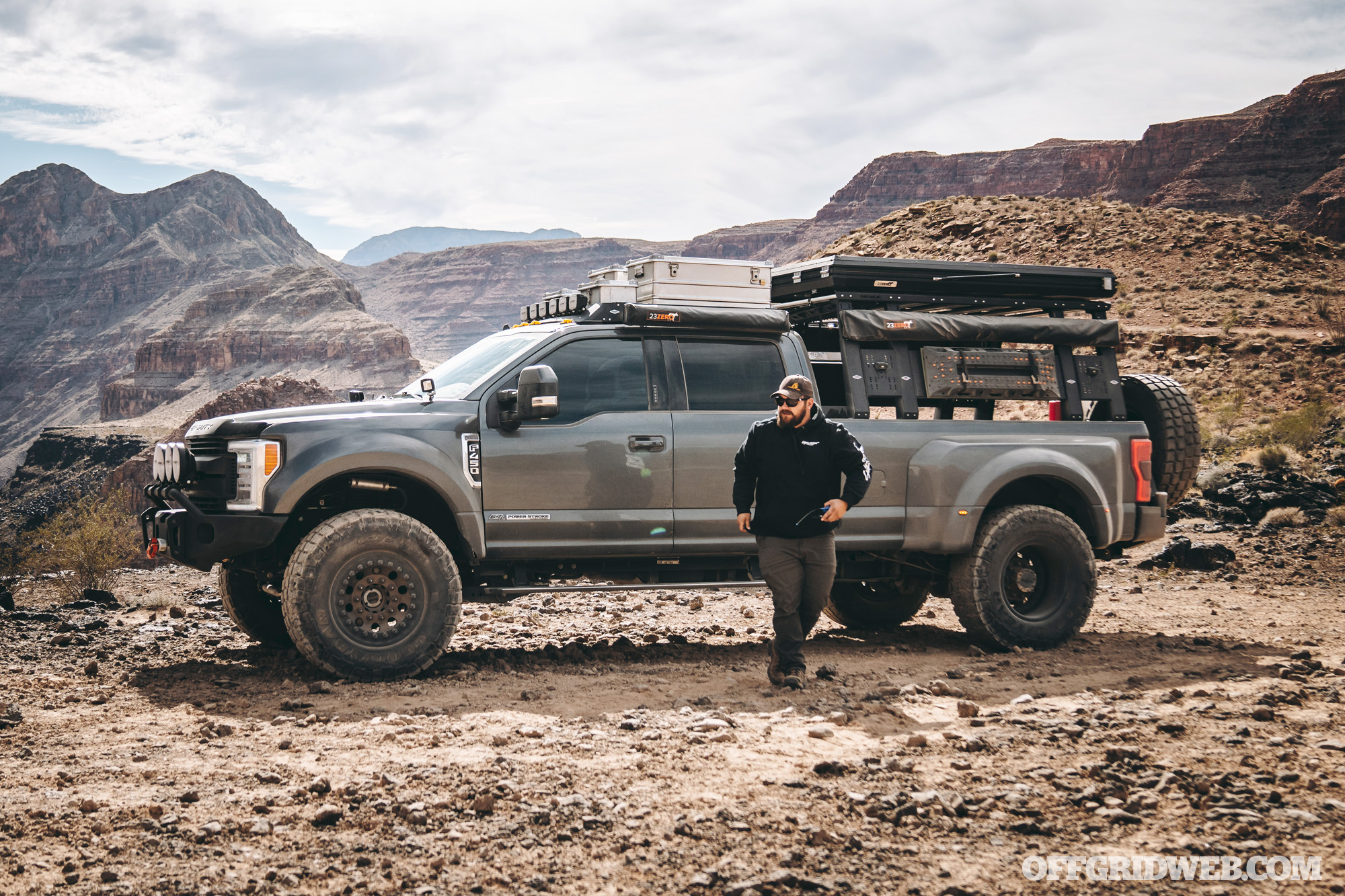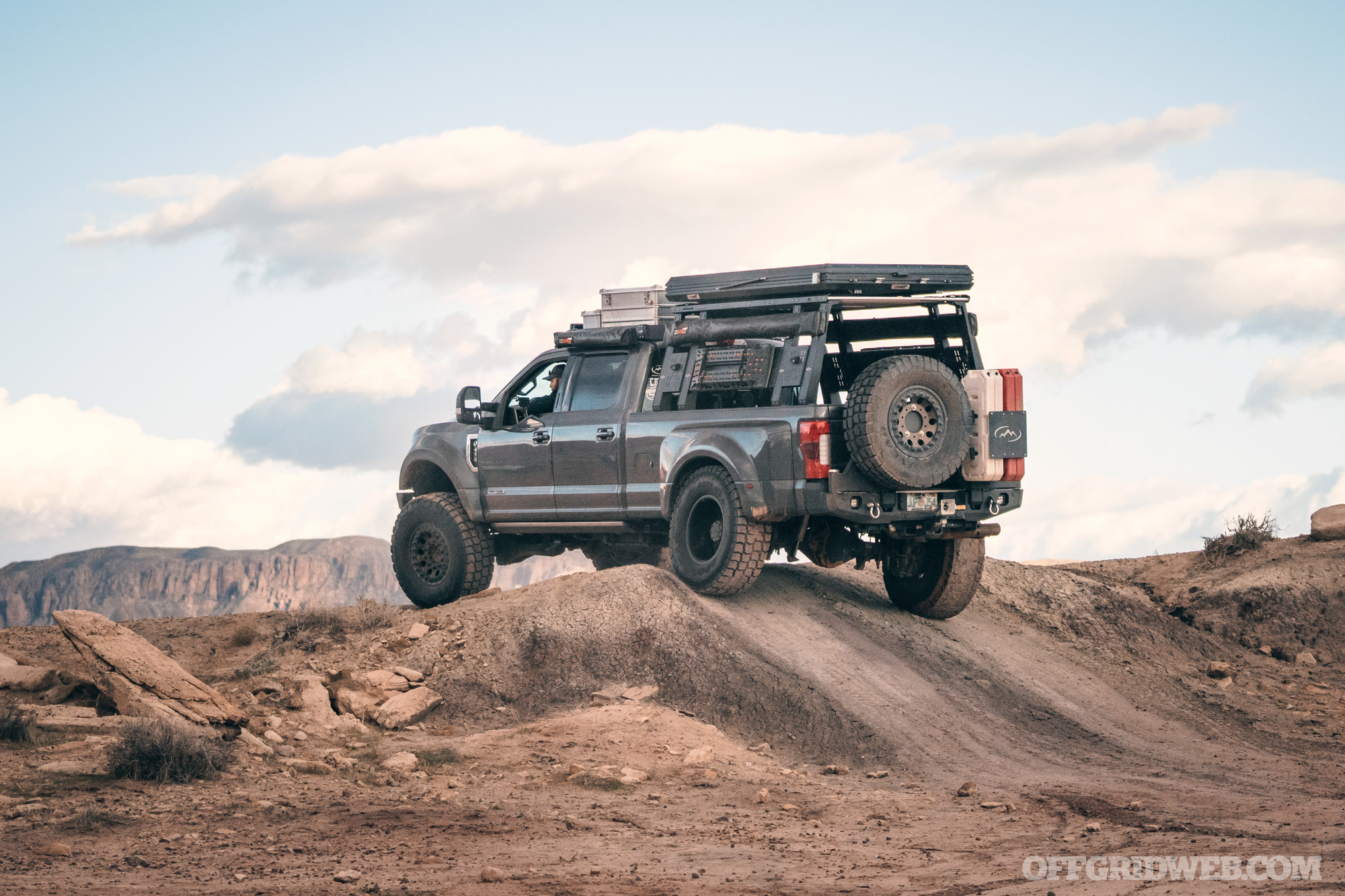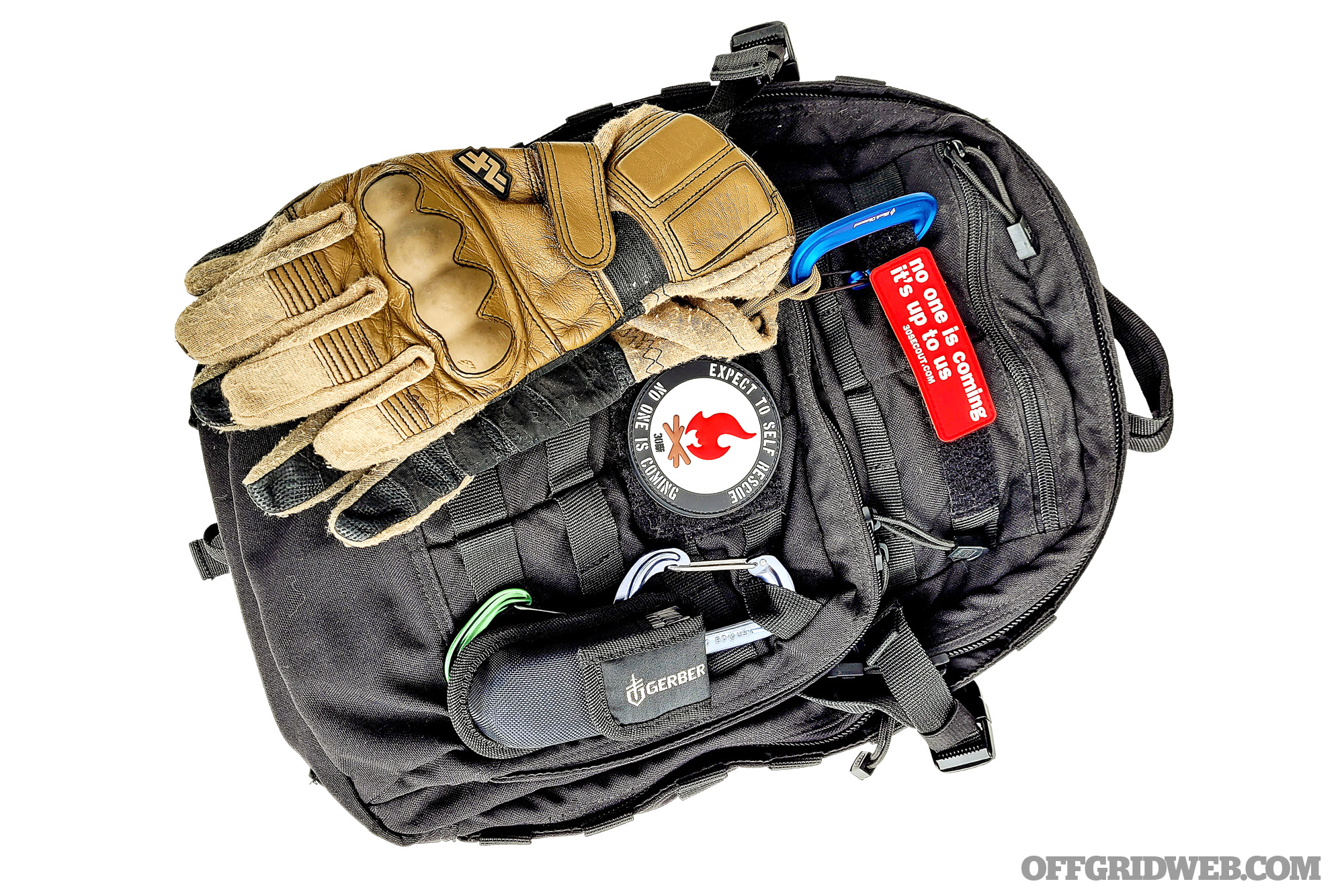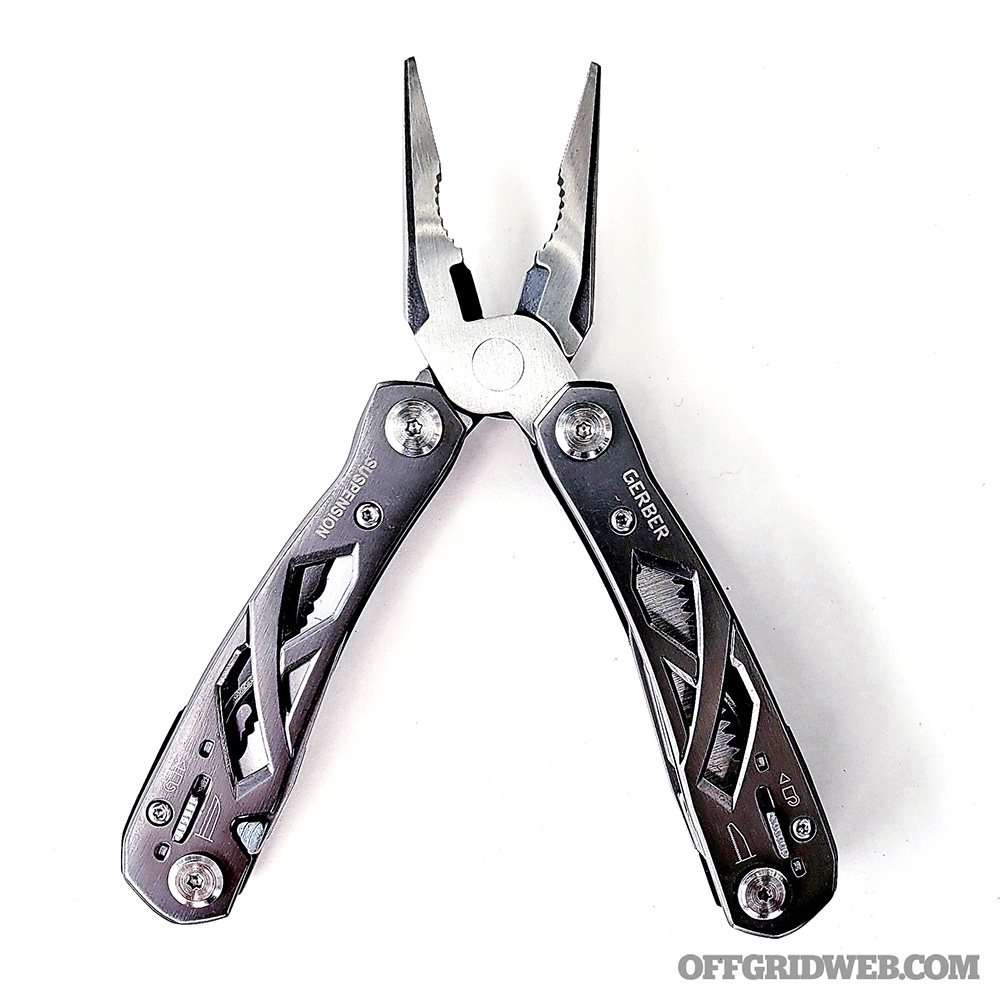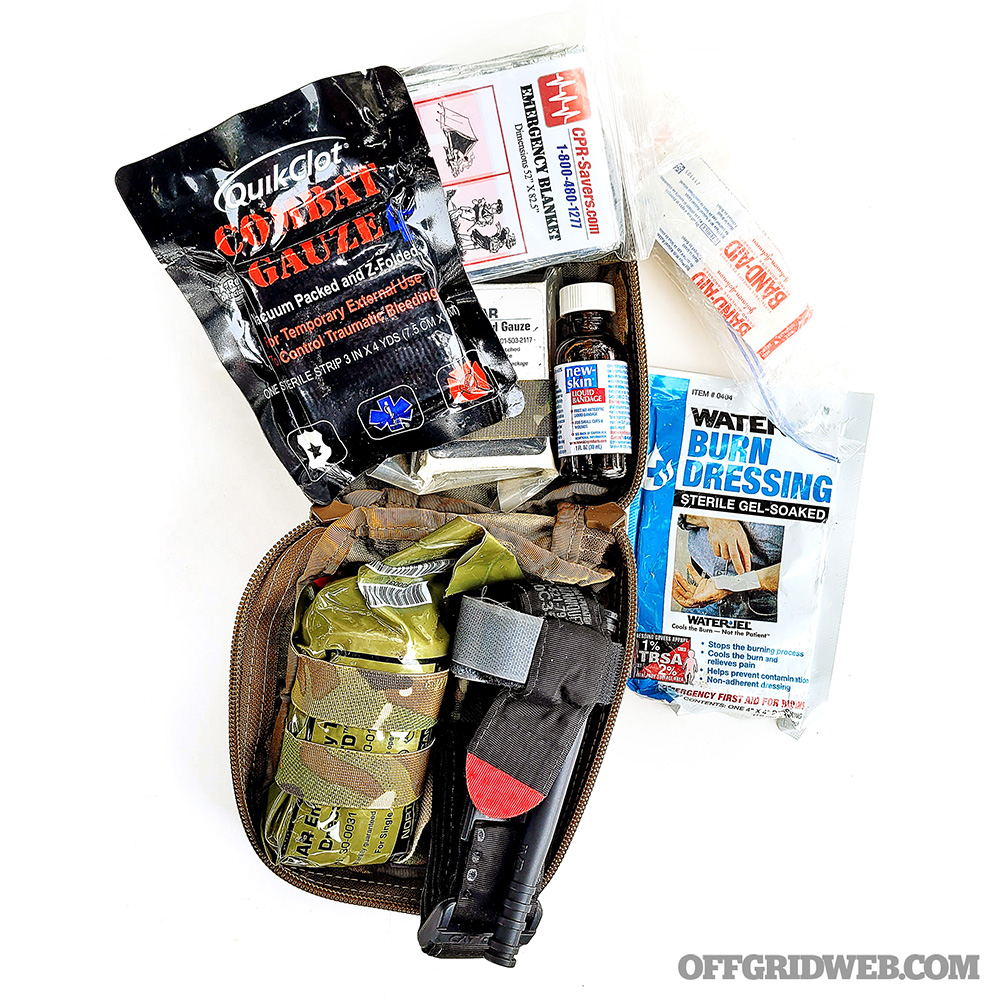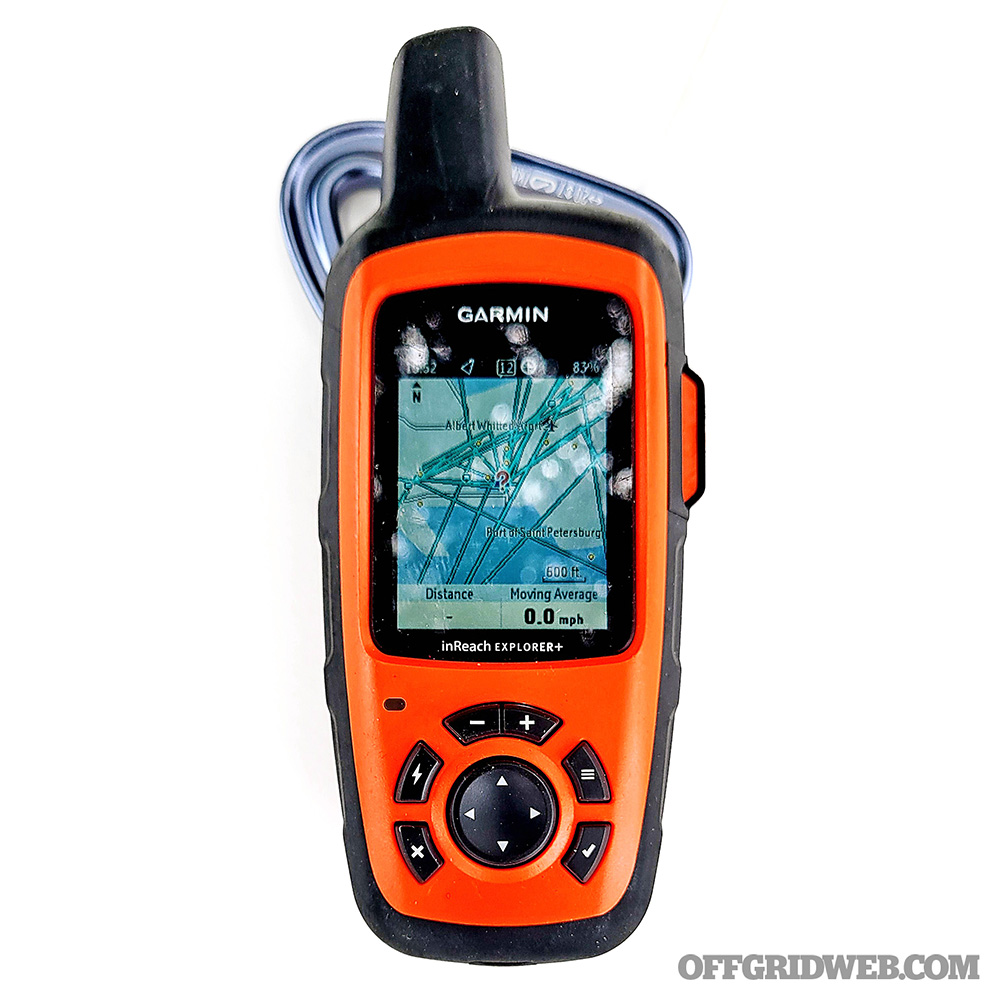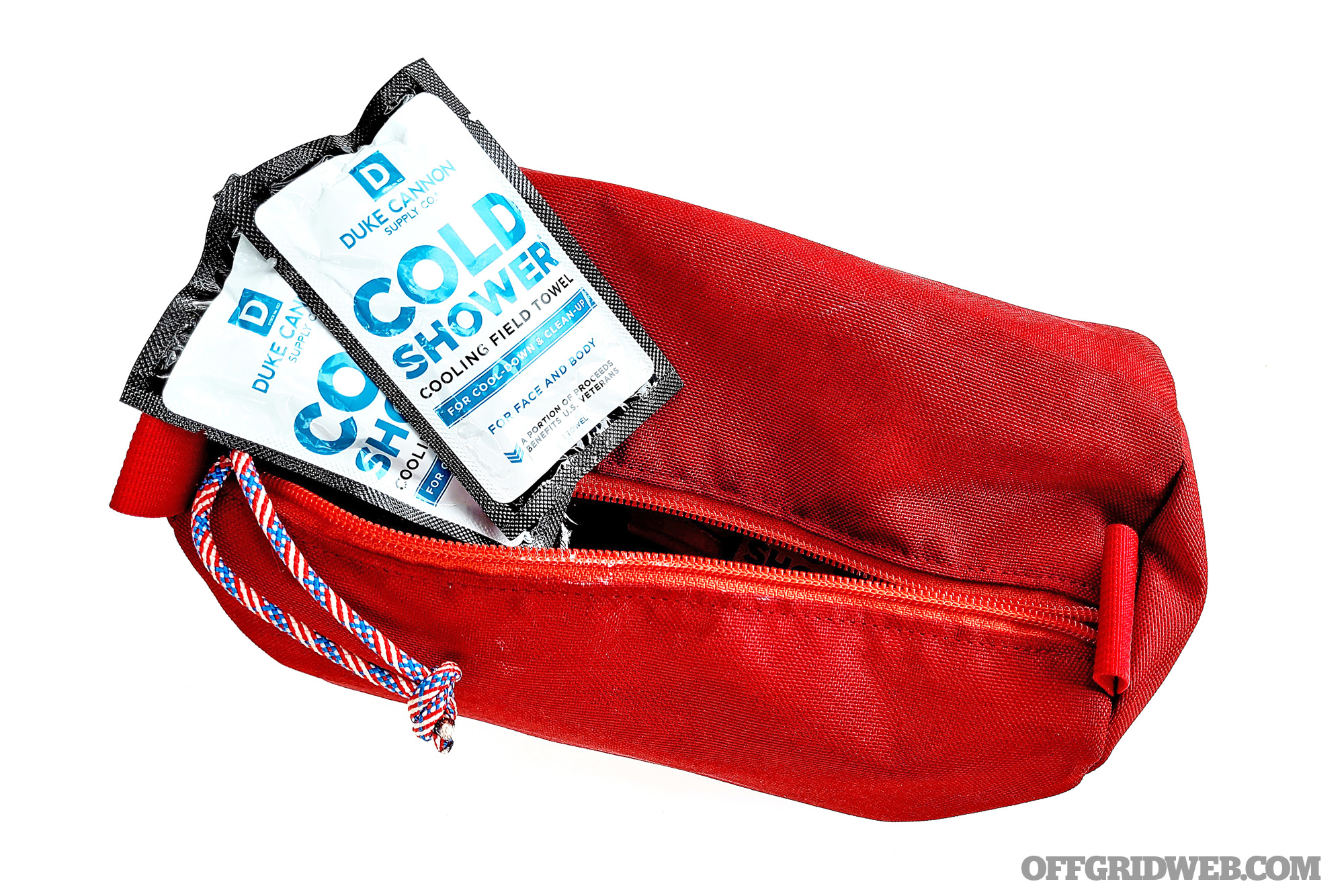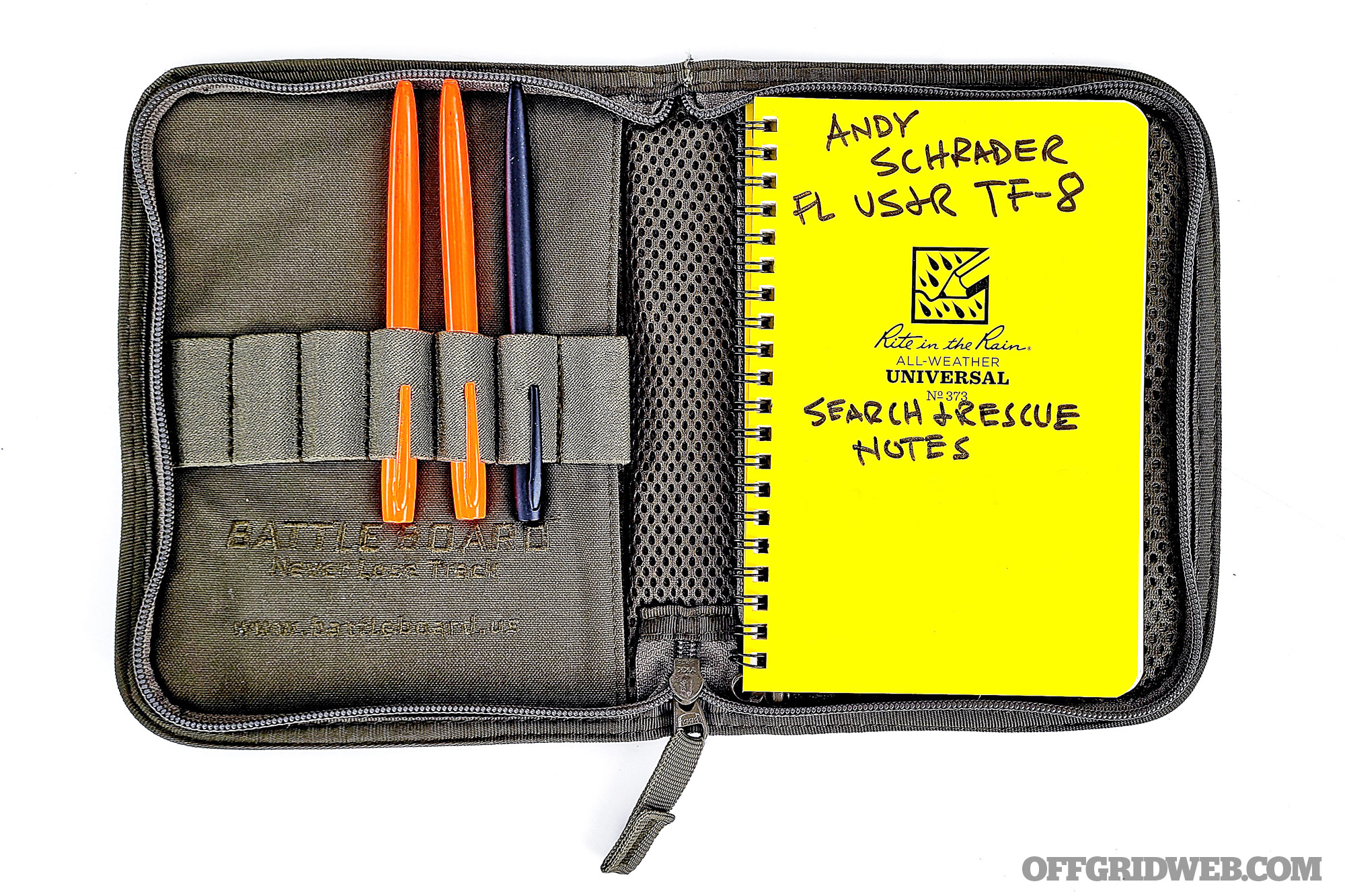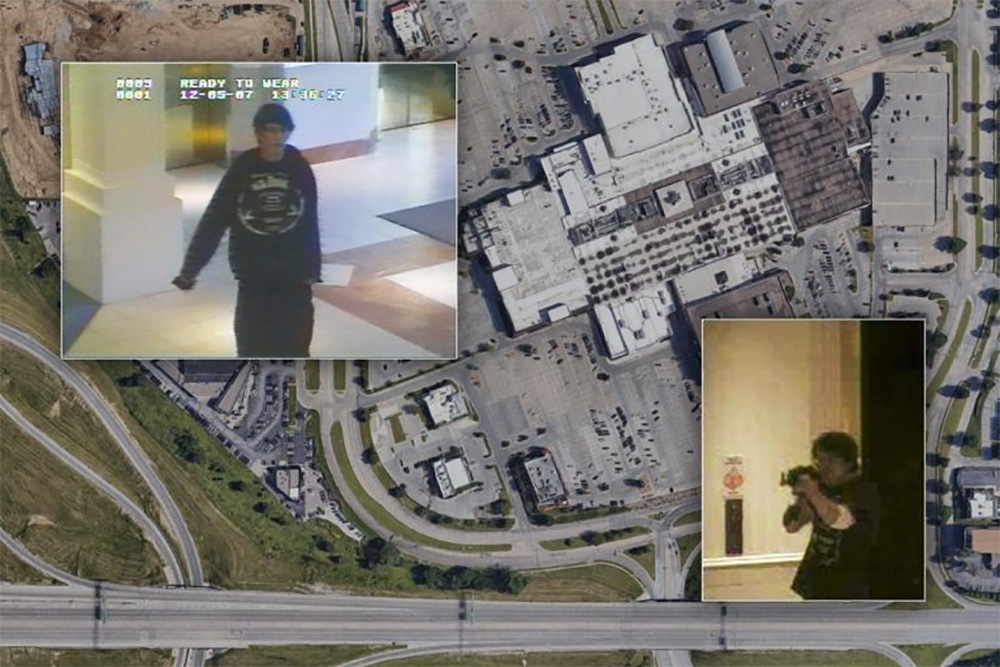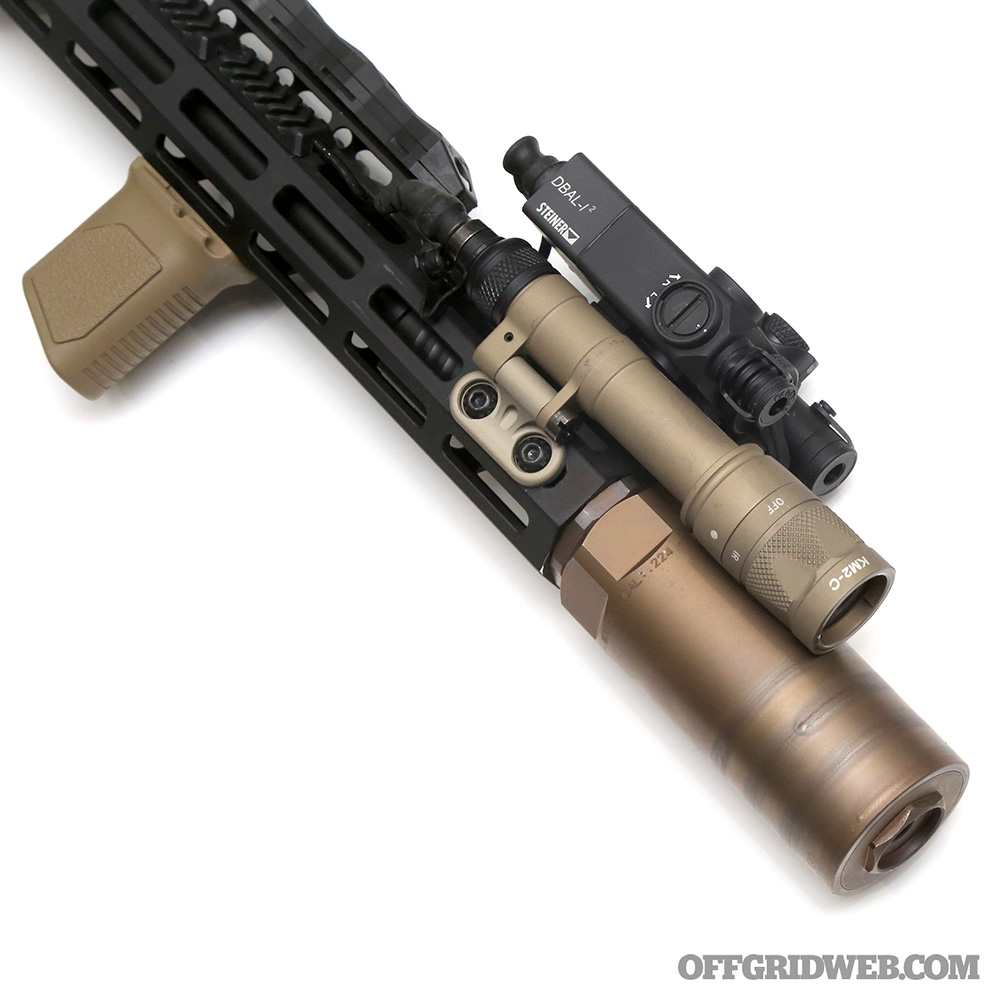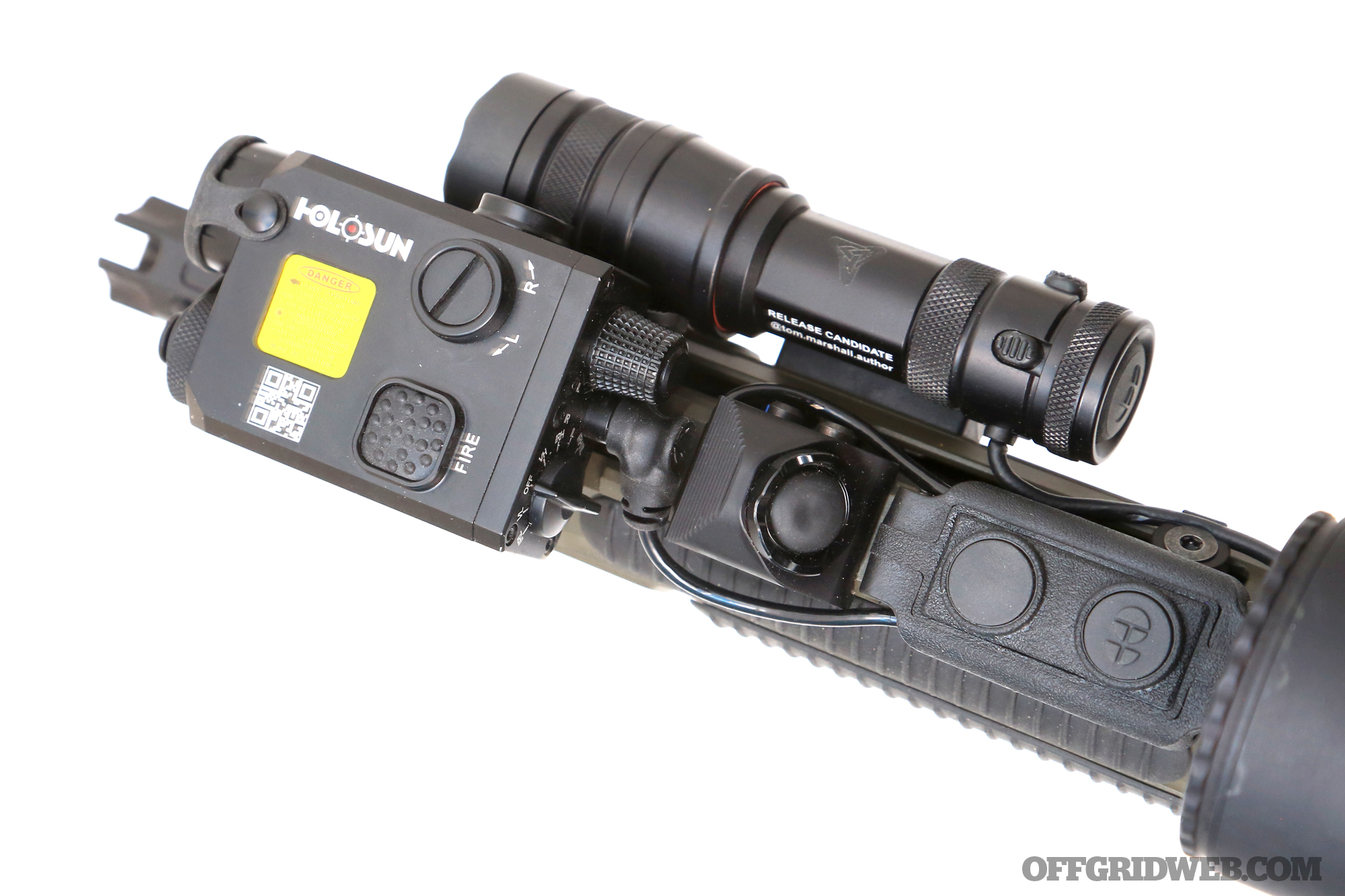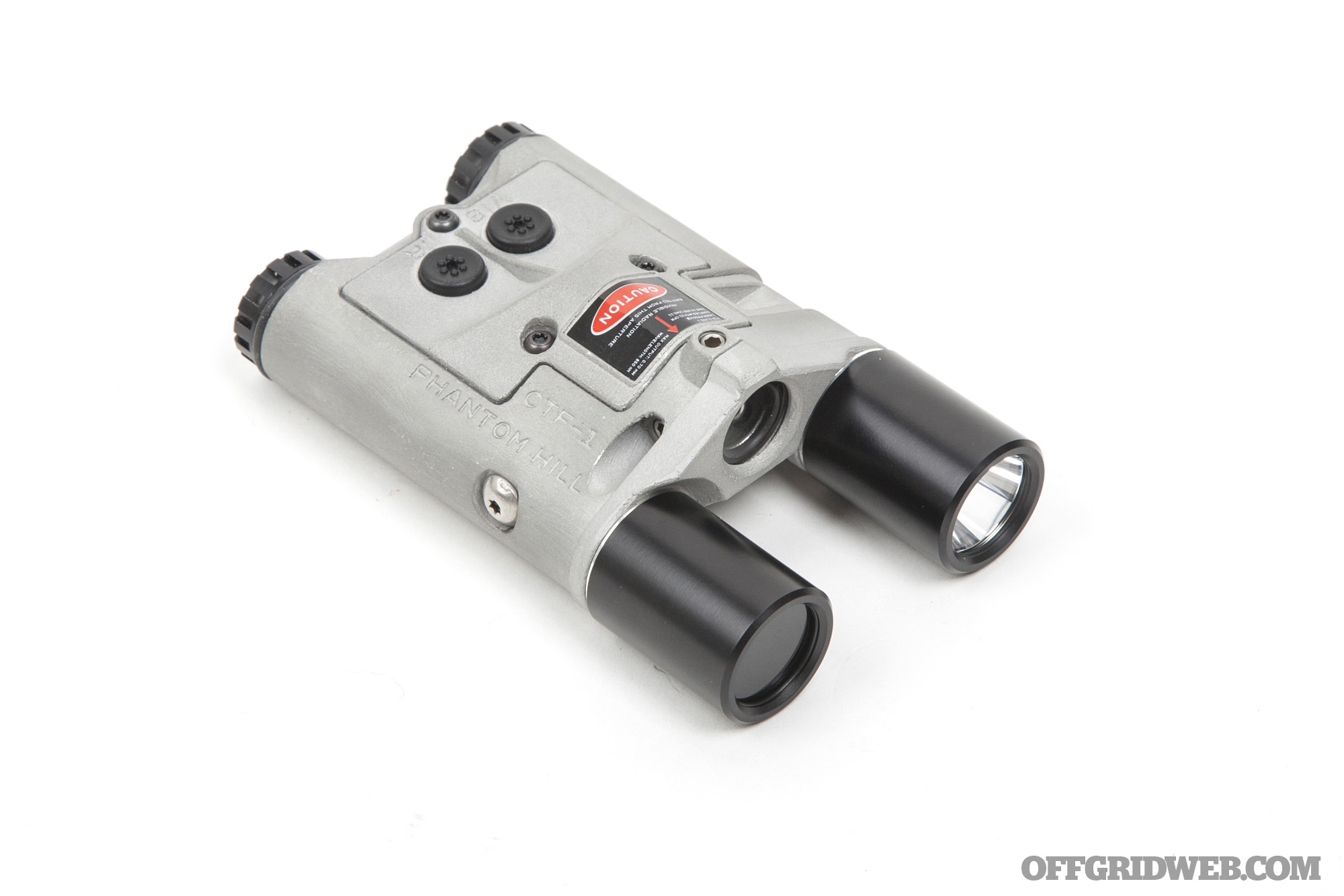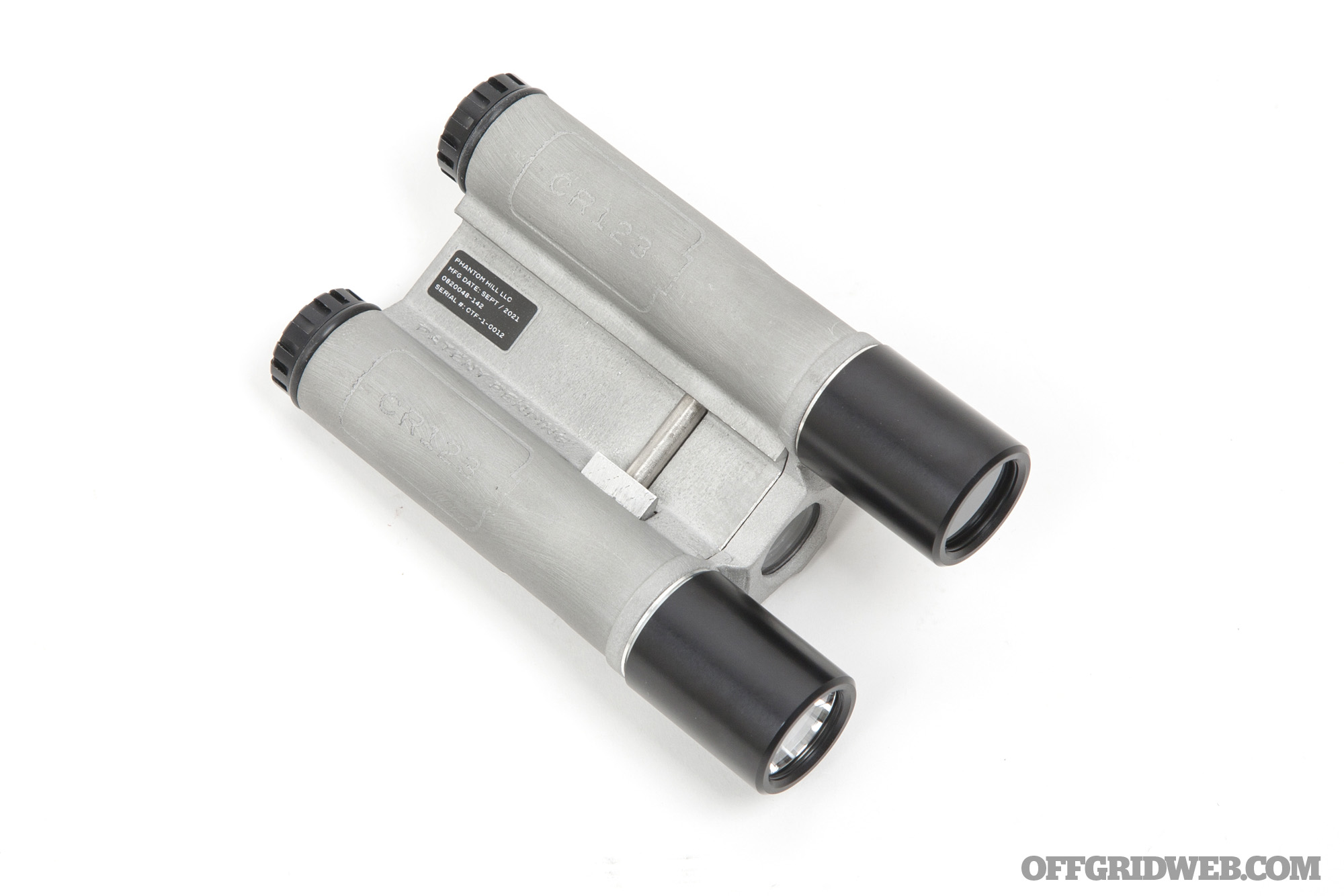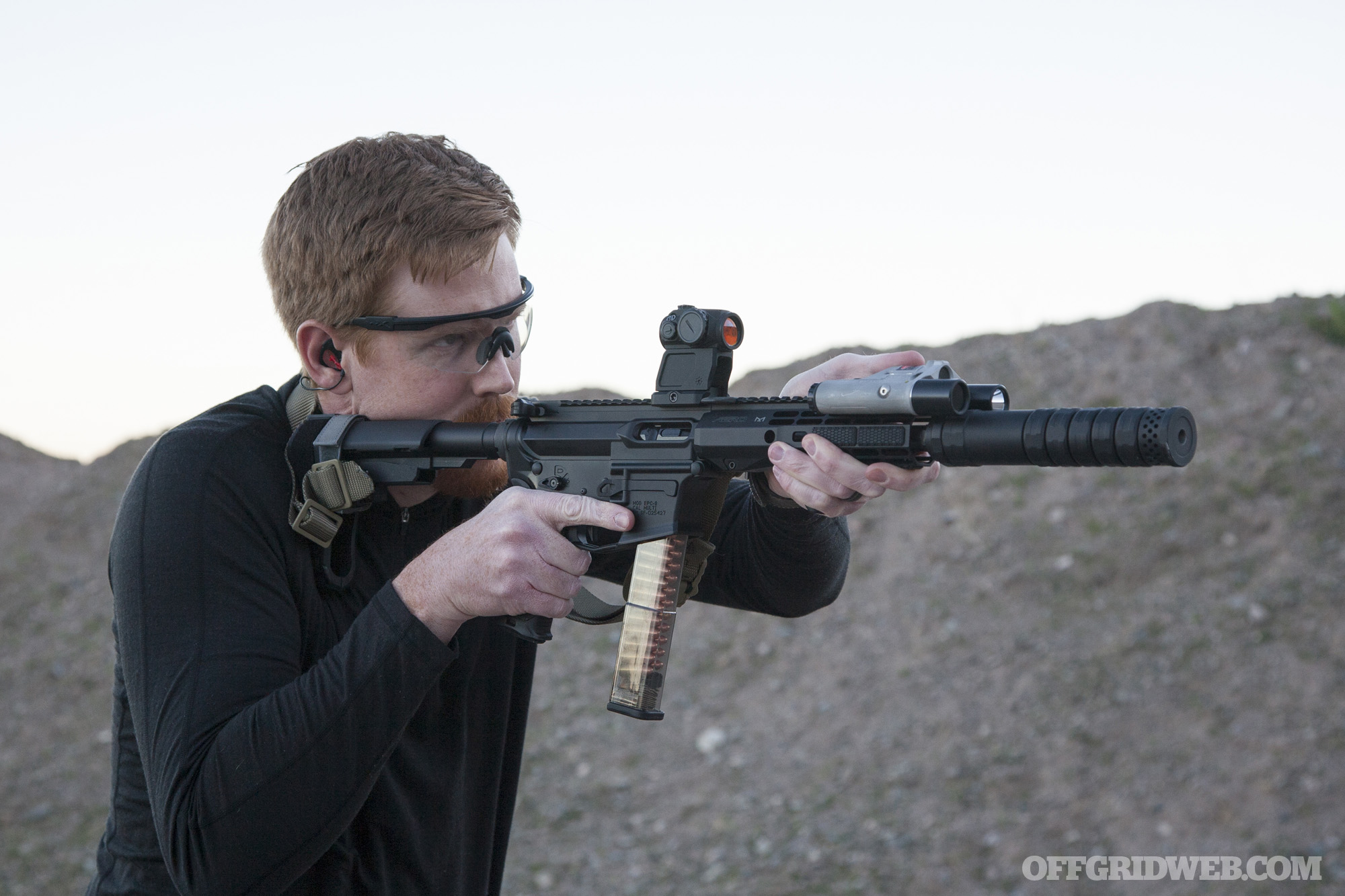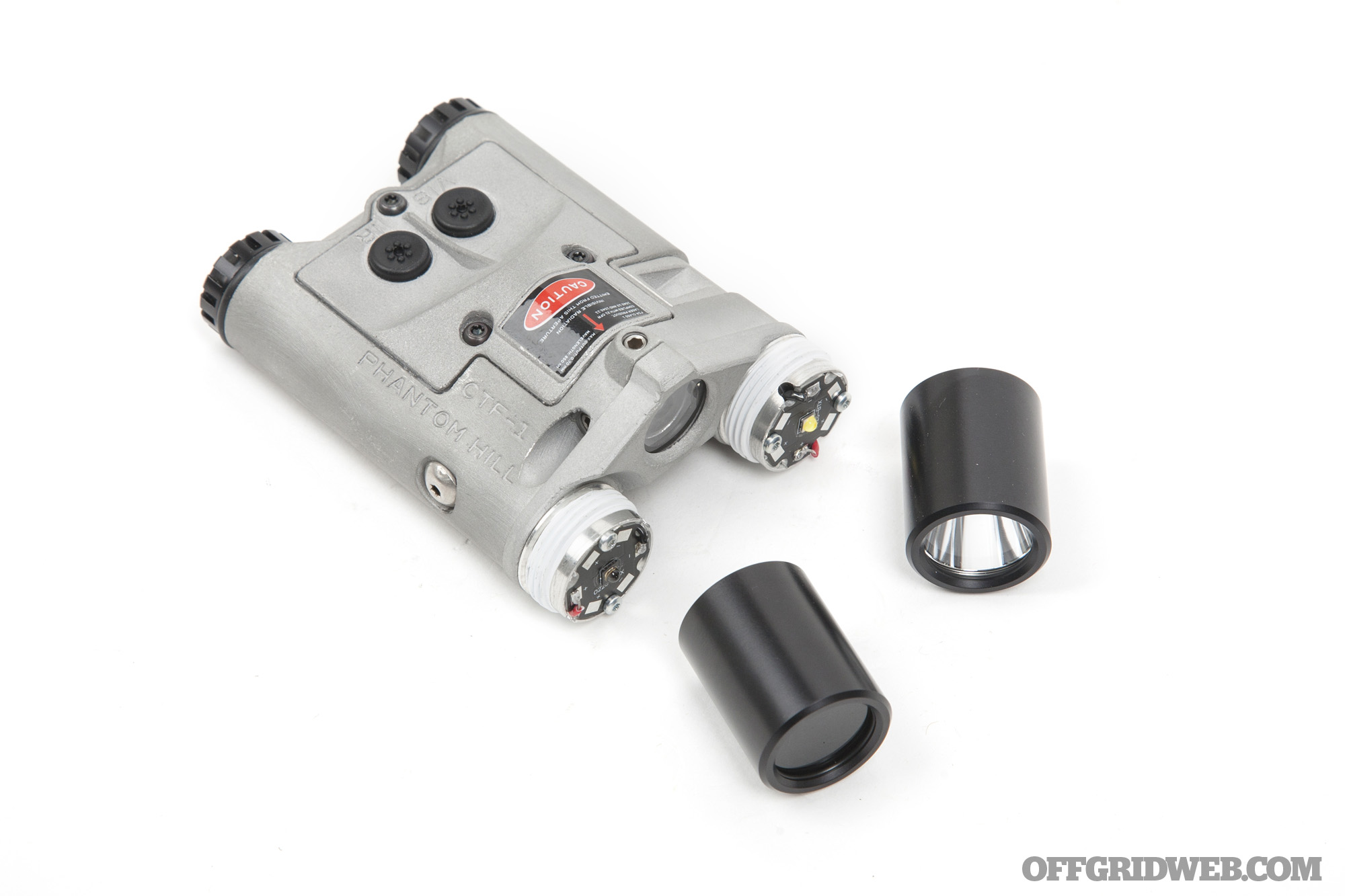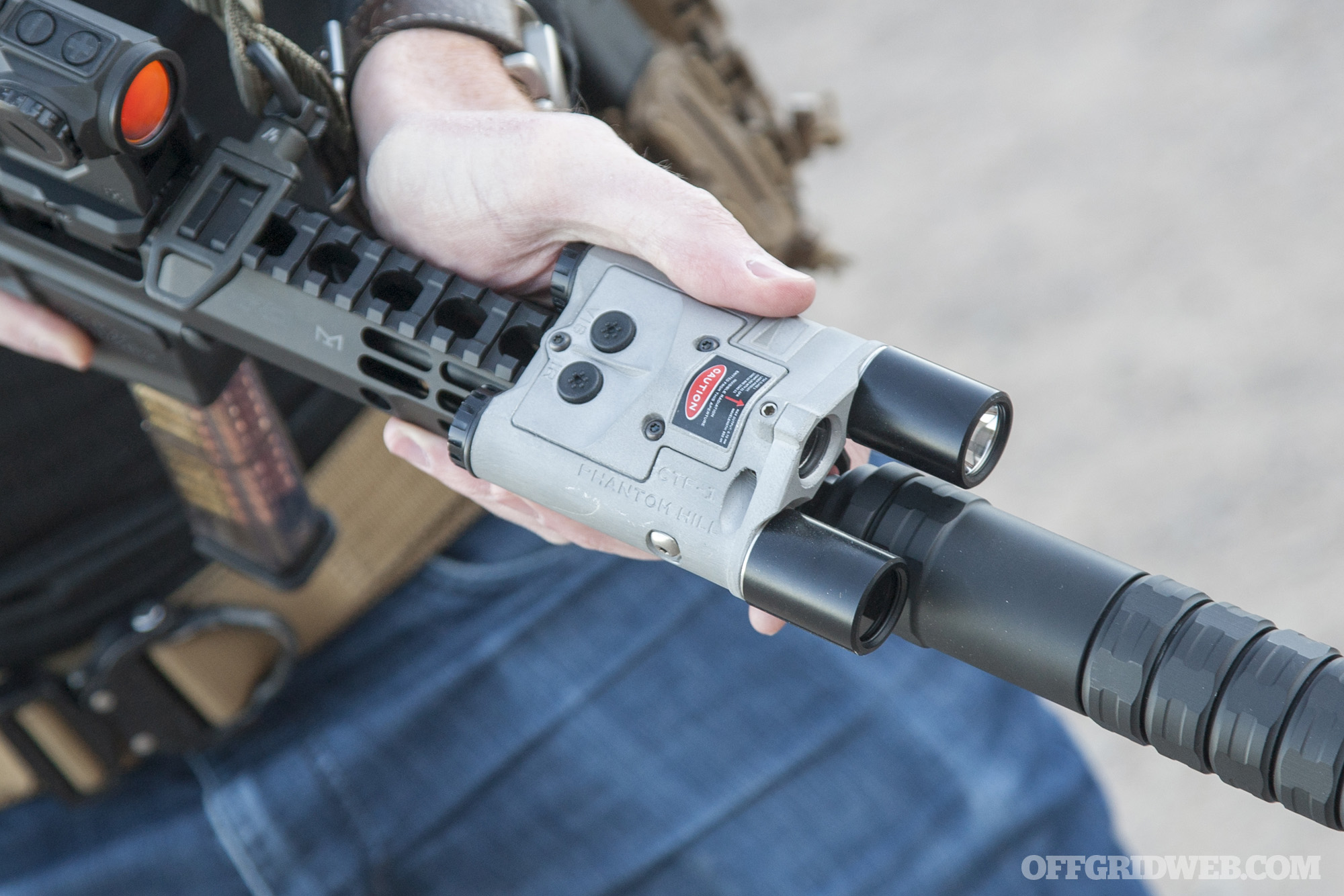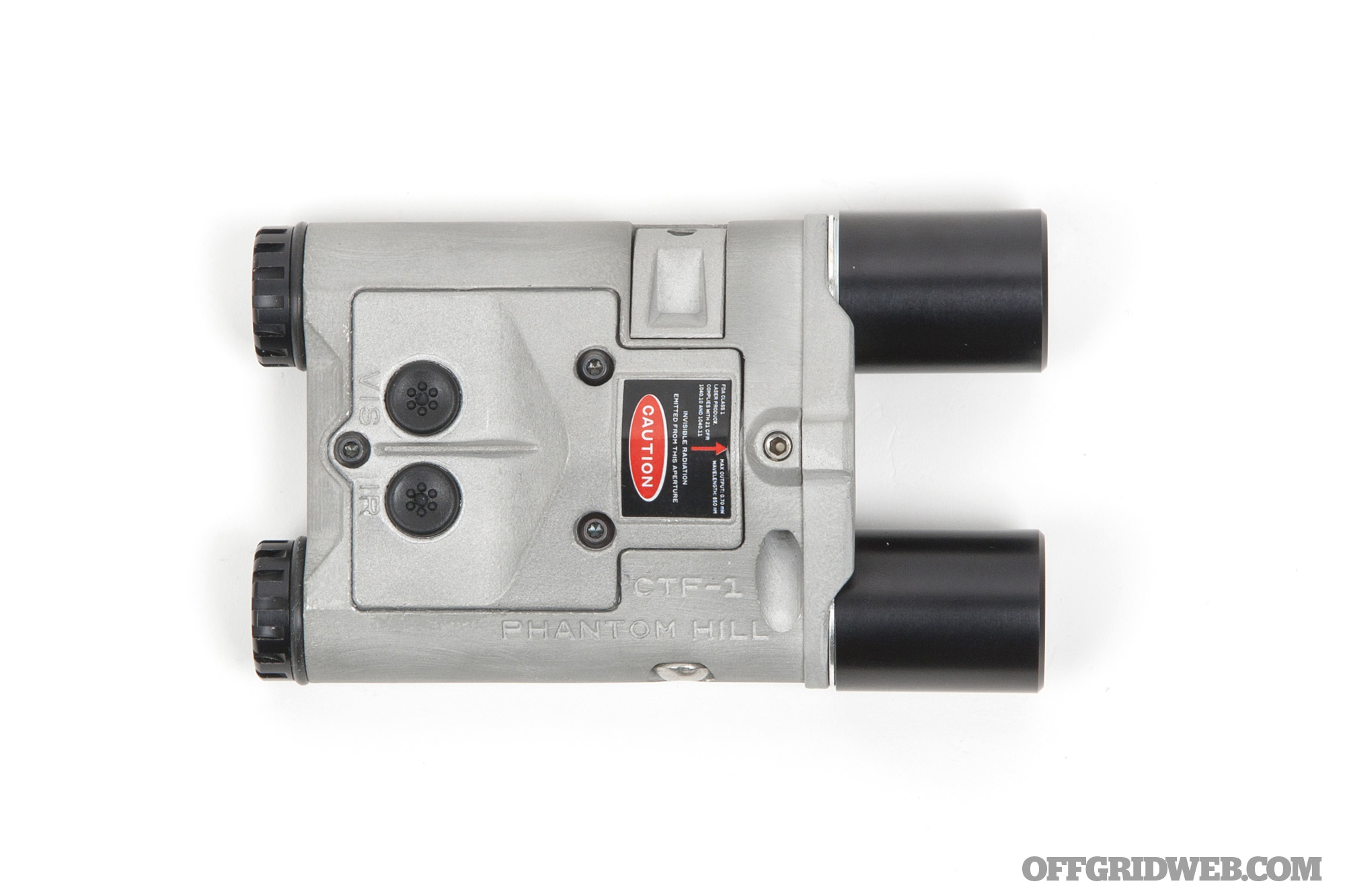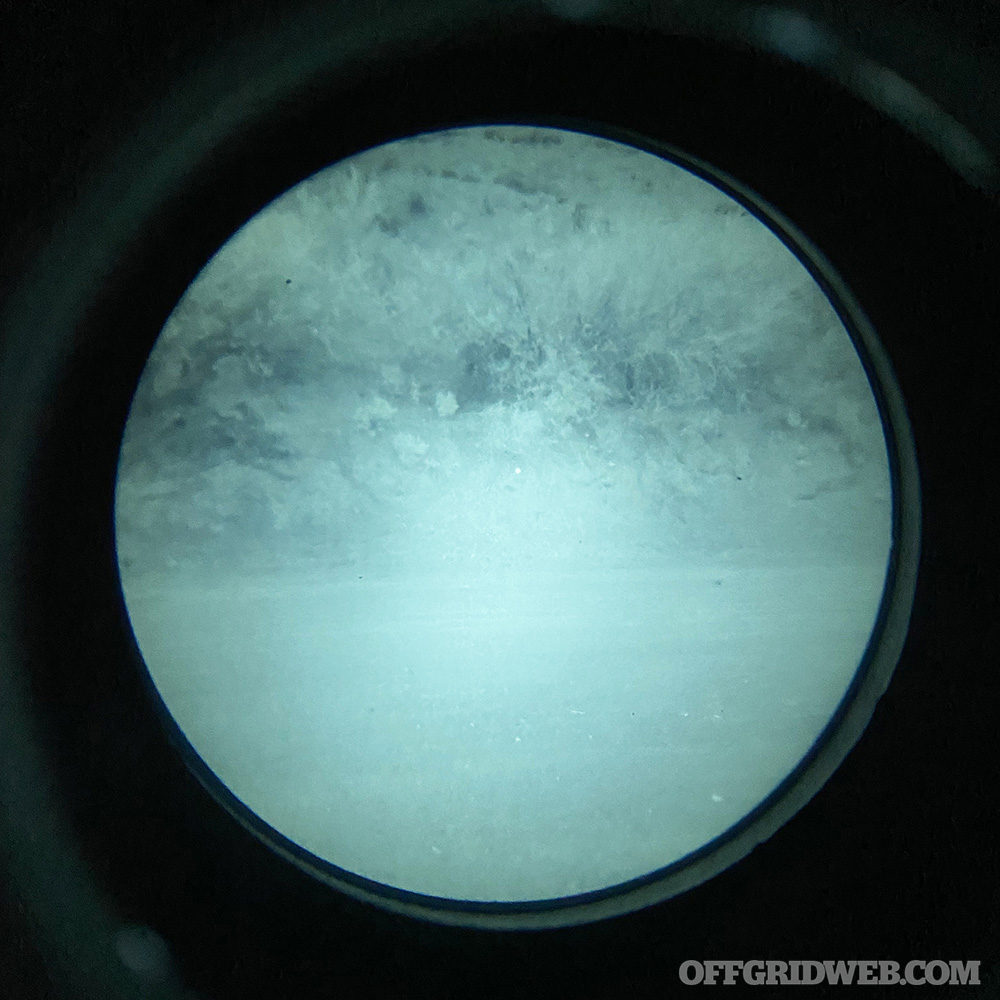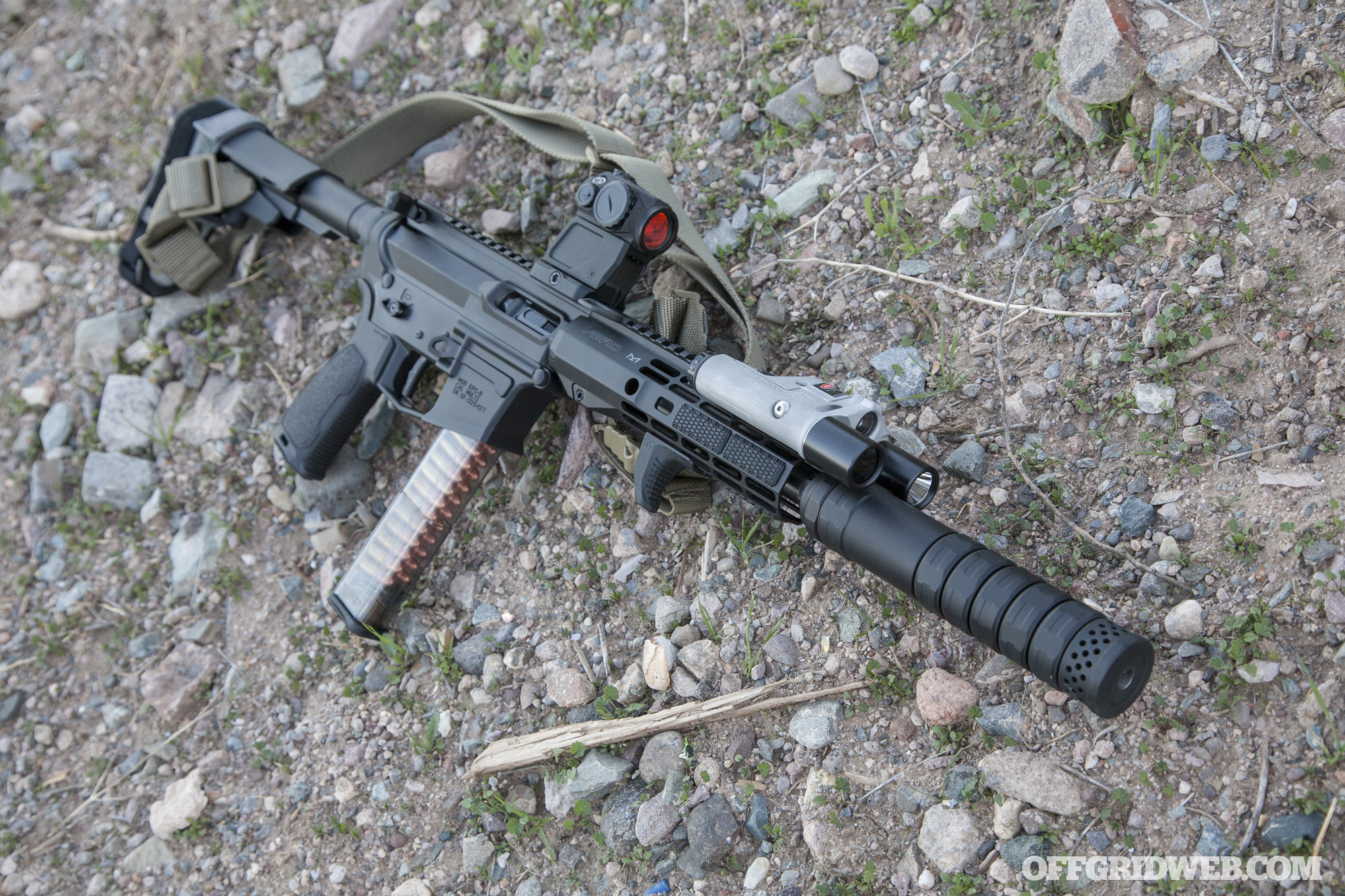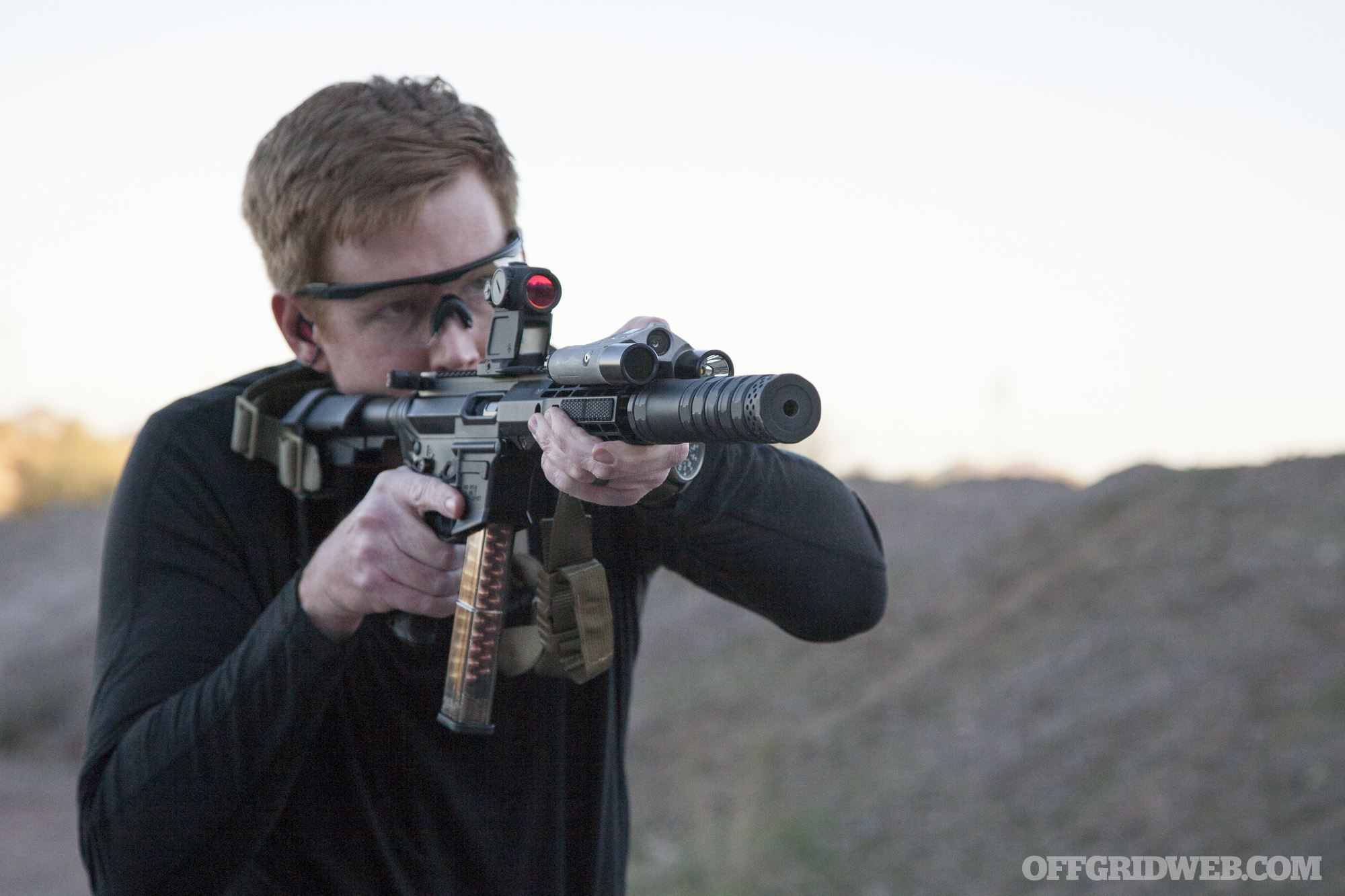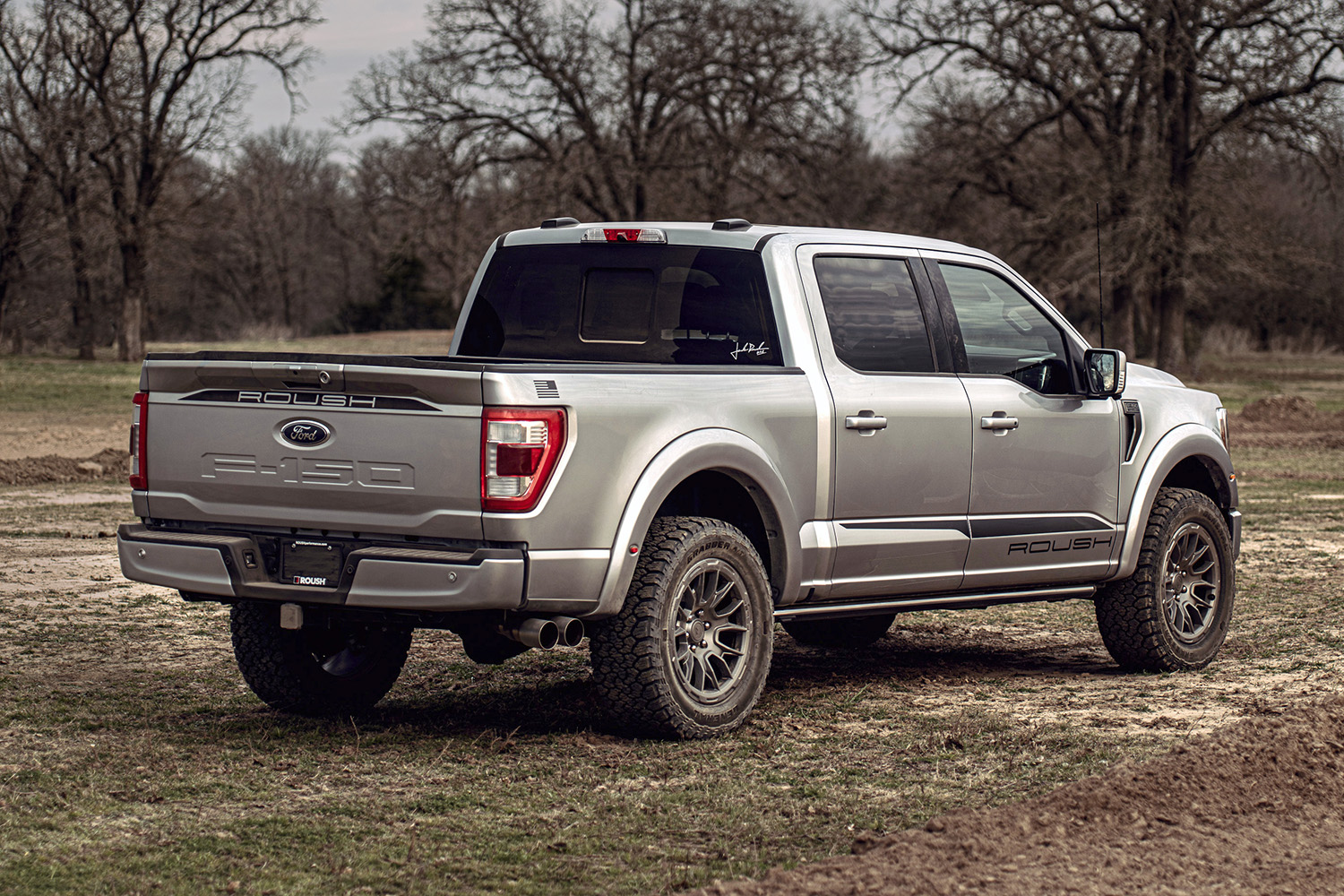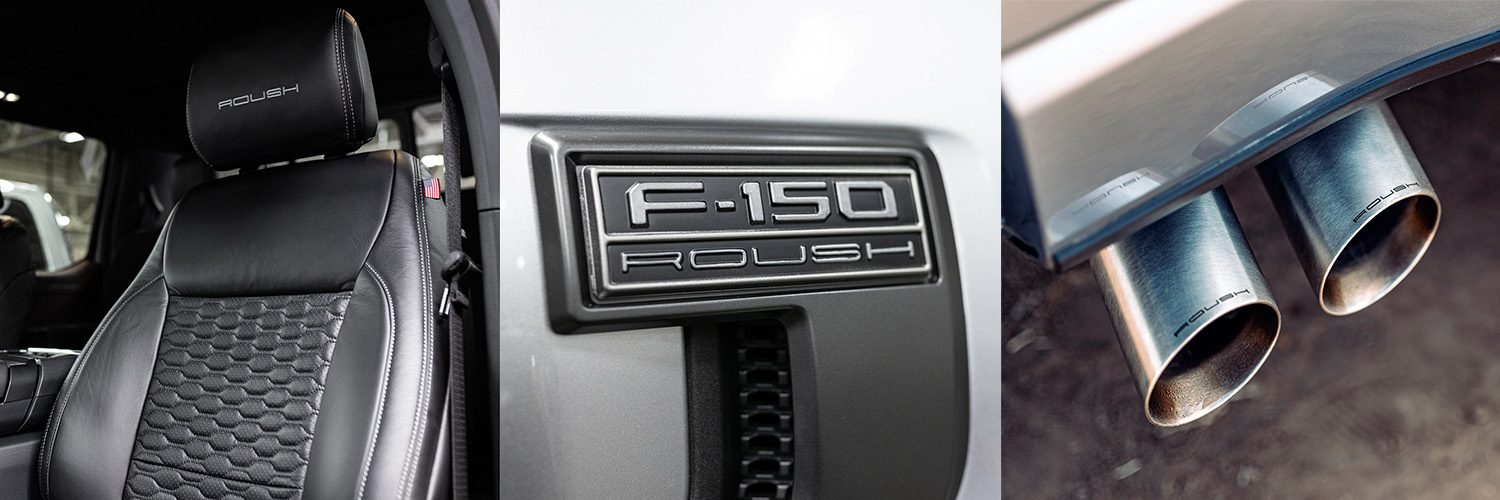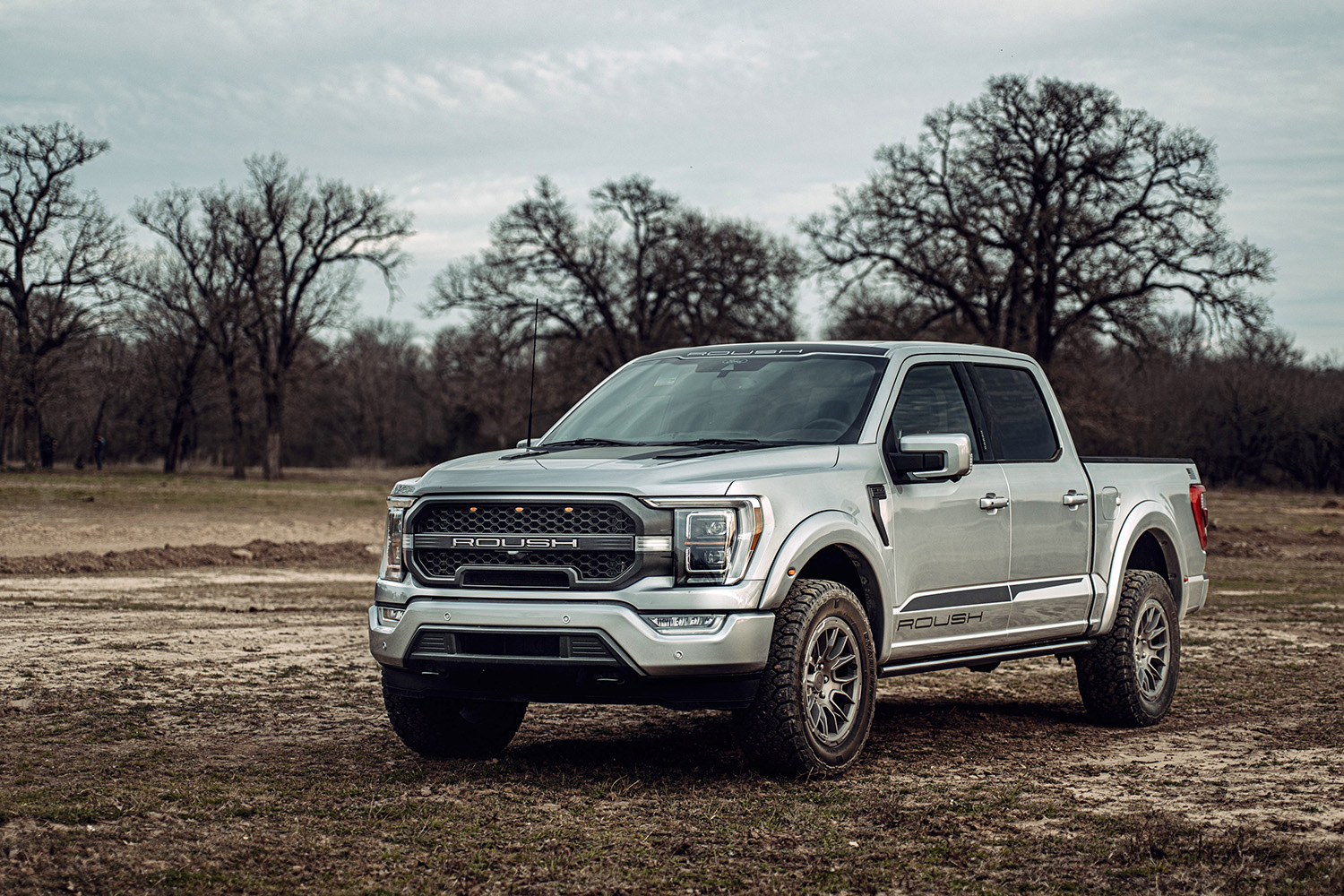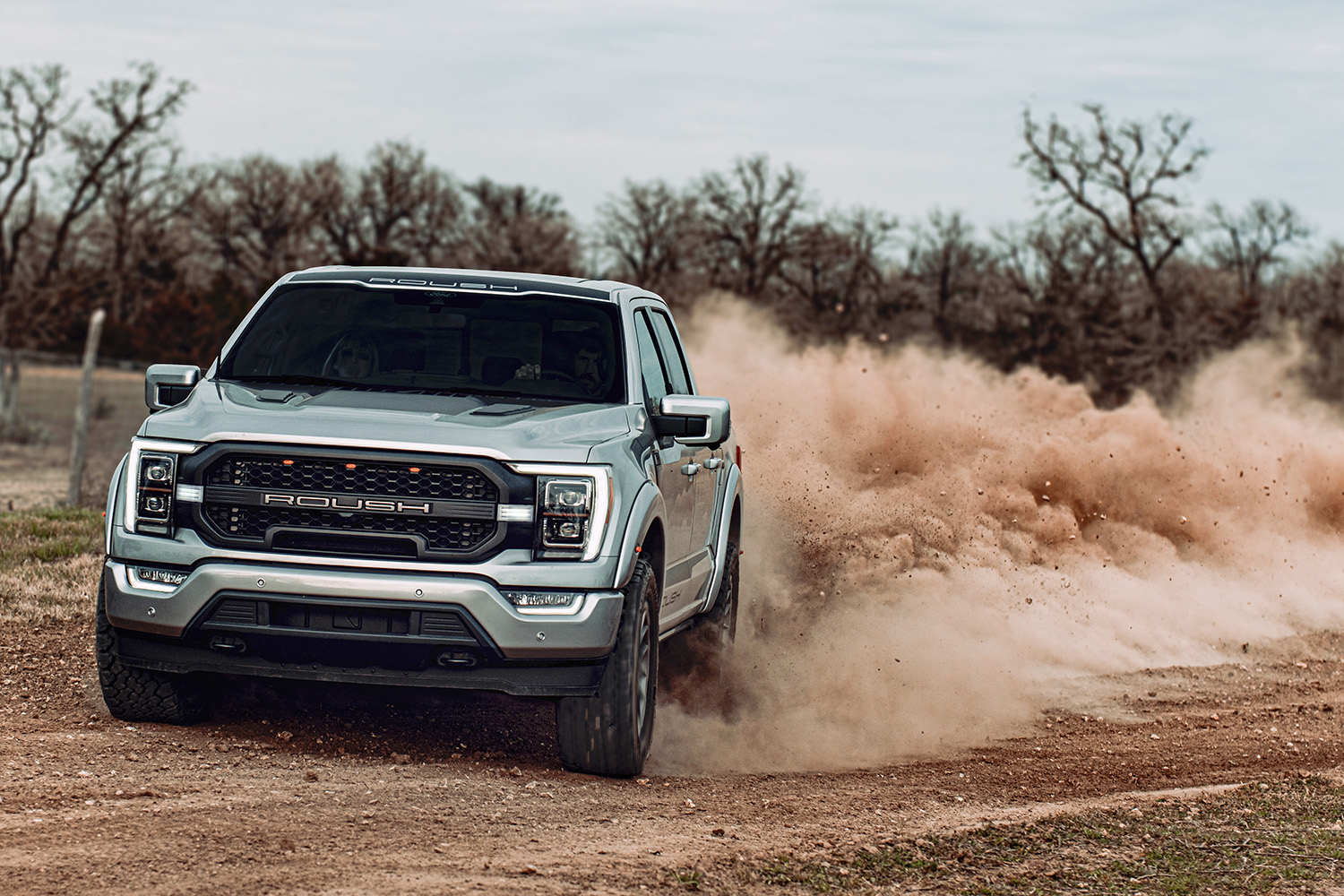We’d love to say that all threats to survival could be resolved by starting a fire and building a lean-to. Unfortunately, in today’s world, the threats you’re most likely to face will come to you in your city, neighborhood, or home. There’s a good chance you won’t have the time or ability to bug-out to the nearest forest and wait things out while living off the land. The silver lining is that many street-level urban survival issues can be mitigated, or even avoided completely, with a keen eye and a little bit of advance planning. This is the space that Ryan Atkinson makes his living in.
Ryan is a security professional with decades of experience in more than 50 countries. He has extensive experience protecting some of the hottest musical acts of the last 20 years (or longer), tracking down weirdos before they can do something awful, and he’s a huge knife enthusiast. Fortunately, the knowledge he’s garnered along the way isn’t exclusively for A-list celebrities. His grassroots street smarts and lessons from protective missions around the world are applicable to anybody looking to make it to the end of their workday in peace. We had the privilege to sit down with Ryan at his unofficial headquarters, Barclay & Hill barbershop in Meridian, Idaho.
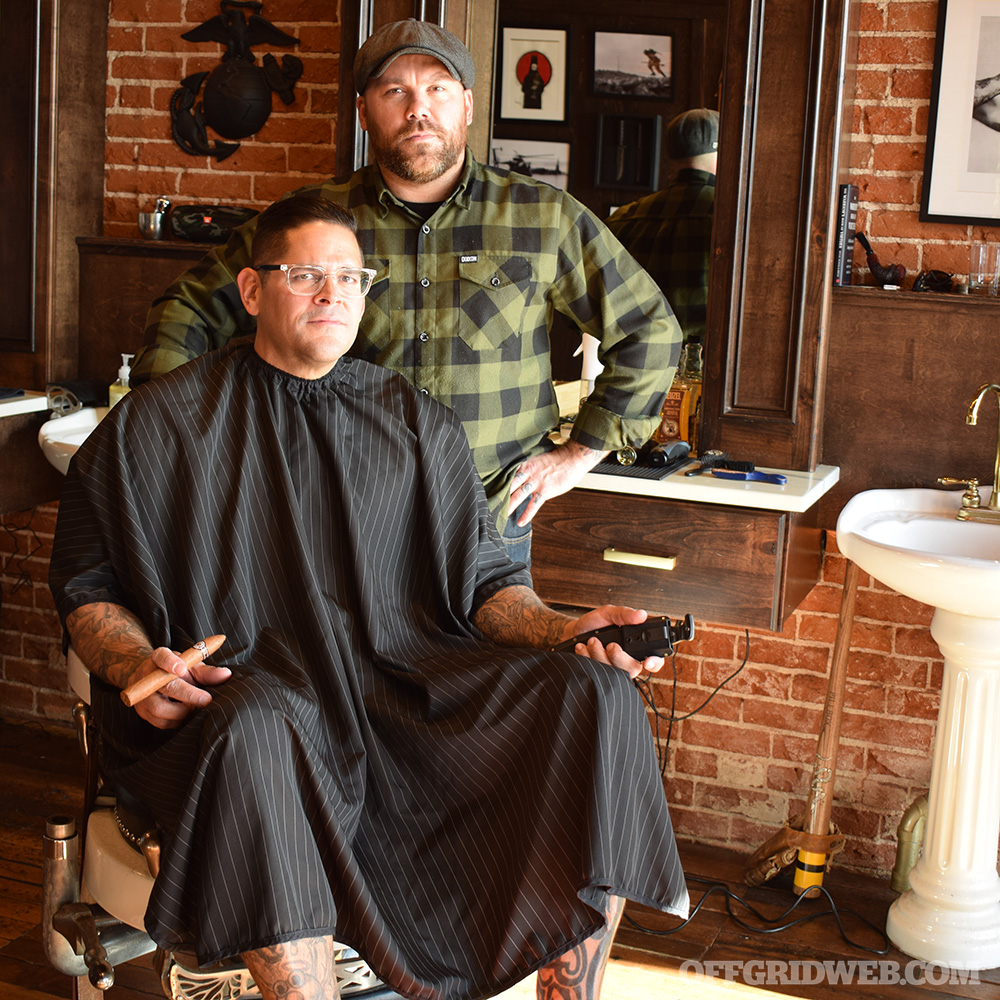
Above: Ryan spends downtime with friend, barber, and USMC vet Trevor Hill of Barclay & Hill.
Ryan Atkinson Interview
RECOIL OFFGRID: Tell us about your upbringing and background. How did you get started in the field of full-time VIP protection?
Ryan Atkinson: Raised in Los Angeles County, I played sports from age 5 to 22. High school coaches noticed me for my size and strength. I ended up earning a football scholarship to the University of Kansas. After playing college ball and graduating in 2002, I got my foot in the door by working for a security firm out of Kansas City at age 22. Rock bands and pop stars on world tours were the specialties.

Above: With Hilary Duff at MTV’s TRL in New York City.
After some short work exposure with The Eagles, Blink 182, and Korn, my first full-time gig was venue security director for the band Pearl Jam. I went on to tour the world with Good Charlotte, Linkin Park, Dashboard Confessional, Hilary Duff, Red Hot Chili Peppers, Motley Crüe, Depeche Mode, and most recently, KISS.
What led you to spend the last 20 years working with entertainers, as opposed to corporate executives or politicians?
RA: I never set out to do one or the other, it was just a matter of the relationships I forged during my college days that led me down this path. I get asked the same question every single day when I’m out on tour, “How did you get this job?” I tend to oversimplify the answer when I’m on the go, but the truth is, no two celebrity security people found the path the same way.
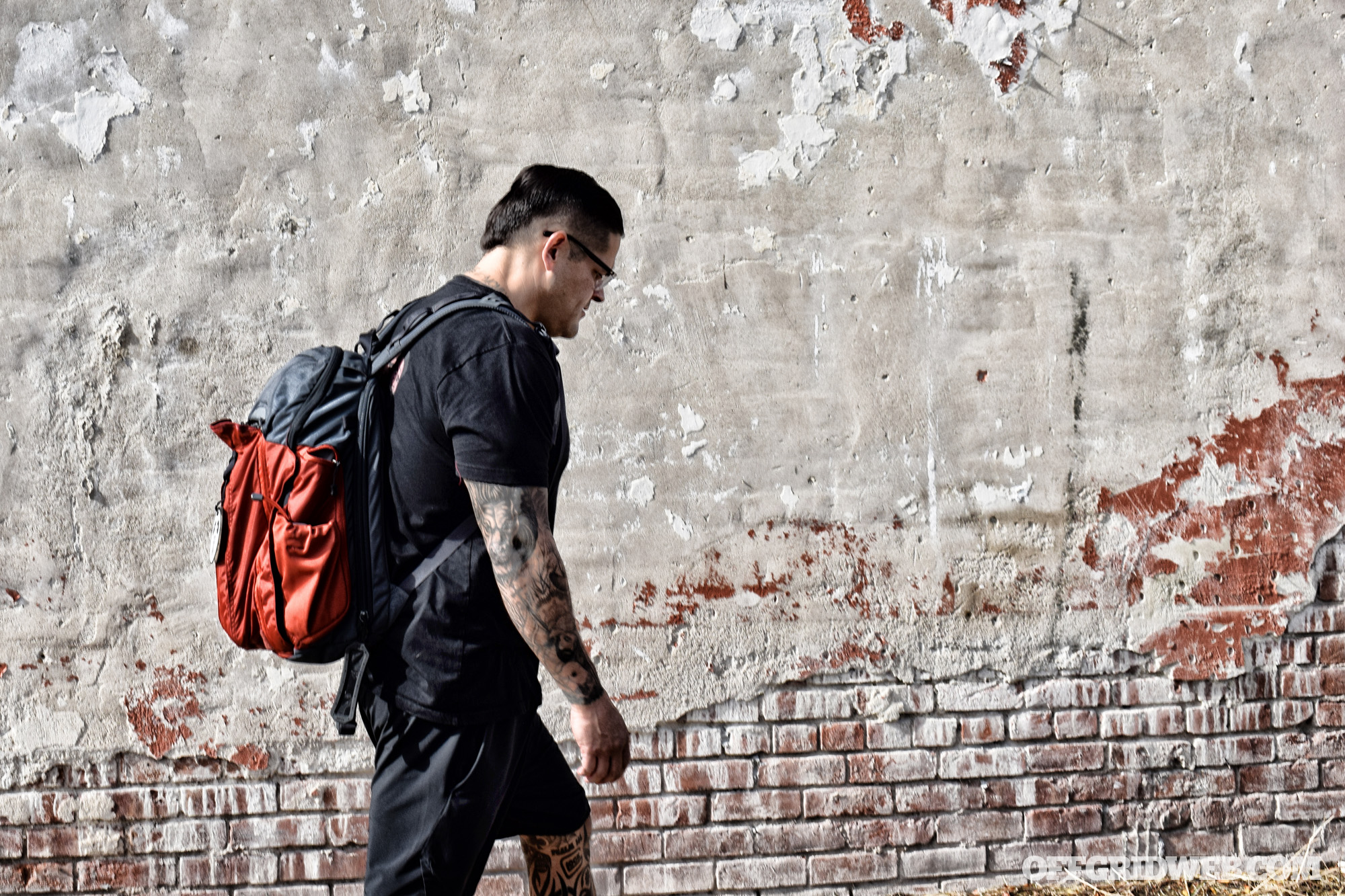
Above: At 6 feet 2 inches and 260 pounds, Ryan is an imposing presence, but he also knows how to blend into a crowd.
Traveling the world on tour sounds exciting but also exhausting. What are some steps you’ve taken to adapt to frequent travel?
RA: Traveling is always exhausting. I’m nearly 20 years in the business and still get worn out. I think the thing that separates the professionals is the ability to power through long workdays in new environments without complaining. Keep in mind, in the concert business, peak hours are 9 p.m. to 2 a.m. Tour security guys have been up and moving since 8 a.m., just like folks with normal jobs. Most people have no idea what that feels like.

Above: Behind the scenes with Alice Cooper.
How do you distinguish potential threats from excited fans or rowdy concertgoers? It must be especially challenging in unfamiliar environments with language barriers and cultural differences.
RA: Like anything, establishing baselines and identifying anomalies through practice.
I compare it to an airline pilot. Watching a pilot do all the equipment checks before takeoff looks like a puzzle that’s hard to understand. But that person does it every day, often in a different aircraft.
My “aircraft” happens to be excited people. When you stand next to a celebrity, everyone tends to stare and photograph that person. Sometimes there are characters mixed in with a different level of energy, staring at me. There you are — the anomaly.

Above: Working with Motley Crüe.
Tell us about a memorable instance when you managed a potentially dangerous situation to protect your client.
RA: The number of times I’ve had to put hands on folks is crazy. A lot of rock stars like to push the limits on crowd interaction, usually tasking me with safe passage into drunk crowds. But the most memorable scenarios are the ones that require brainpower. I worked for pop stars for nearly 10 years, a space where stalkers are more prevalent. Finding these people before they carry out their threats was always satisfying.
One case in particular sticks out. I was helping a fellow security person that was traveling with a pop star across the USA. He was moving too fast to track a threat in the next town, so I helped do some digital investigation for him.
This person was making threats online, announcing that he would carry weapons to an upcoming show and carry out a mass-casualty event. He even posted the guns he would use, giving me reason to believe he had the intent and means.
I found and scrolled through his online profiles, found a license plate in one of his shots, tracked the plate to an address, and called the local sheriff. The sheriff blew me off over the phone, so I called the local news station with a story. The news station in turn called the sheriff, who was then forced to deal with the situation. This happened in 24 hours and the person was arrested that day.

Above: Touring with KISS in Spain.
We’ve all heard stories of the wild rock band lifestyle, with round-the-clock parties and trashed hotel rooms. In your experience, how much of it’s true, and how much is exaggerated?
RA: There’s a reason that most guys can’t handle this job. What I do has almost nothing to do with police work or EP details. We do what we can do, not what we should do. I’ve been asked to look the other way more times than I can count. And I’ve been asked to lie or conceal what has happened even more. Oftentimes, the moral compass seems to lose its magnetic field. I talk a lot about this in my courses, but not in print due to nondisclosure agreements.

Above: Backstage with KISS at Madison Square Garden.
How do you balance keeping your clients safe without impeding their ability to enjoy touring?
RA: I always tell local security folks and police support units, “We are not a security operation; we are a production.” New guys must learn that balance. It’s about the show, it’s about the content, not security. Learning to take a more passive role in front of the entertainment crowd will determine your success. I’ve worked with a lot of retired secret service guys over the years, and they just can’t wrap their heads around how I stay calm with so much chaos surrounding our group. We check the big boxes and let the small boxes fall into place.

Above: With Depeche Mode in Sweden.
Much of your work takes place in nonpermissive environments where traditional weapons may not be available. What skills and tools do you use to maintain defensive capabilities in these places?
RA: A lot of guys focus on NPE weapons as a failsafe or security blanket. Sometimes it’s important to carry these tools, but there are much more important things to think about. First is physical fitness; you aren’t going to get off that X with another person if your strength and cardio suck. Second is being able to deconstruct the environment and passively position yourself and the client near your exit and vehicle location. Third is using your local security detail efficiently. This is a big one as you often get guys that don’t speak English or understand how to move. Calmly coaching other guys and encouraging them on the go in intense environments is a skill in its own.
Your Instagram (@fldwrx, pronounced “field works”) is always filled with photos of cool knives and EDC gear. How did you get into knife collecting and knifemaking?
RA: The Fldwrx project started when I was on tour with a very well-known group, doing personal security (close protection), looking after the lead singer. He was immobile for the most part, so I had many hours stuck inside of hotel rooms. I was OCONUS (Outside the CONtinental U.S.) for the better part of two years and unable to carry a firearm, so I found myself deep diving into the knife world.

Above: Boarding a jet with Depeche Mode in Moscow.
What was your first knife, and which is your favorite?
RA: I’ve always carried knives since the Swiss Army knife in the schoolyard.
As I got older, I’d carry Spydercos and Emersons. I didn’t carry fixed blades until I found Milmakaz Blades and FLC Knives. Then Winkler, Joe Watson, and Tracker Dan carried me into the high-end but functional fixed blade world.
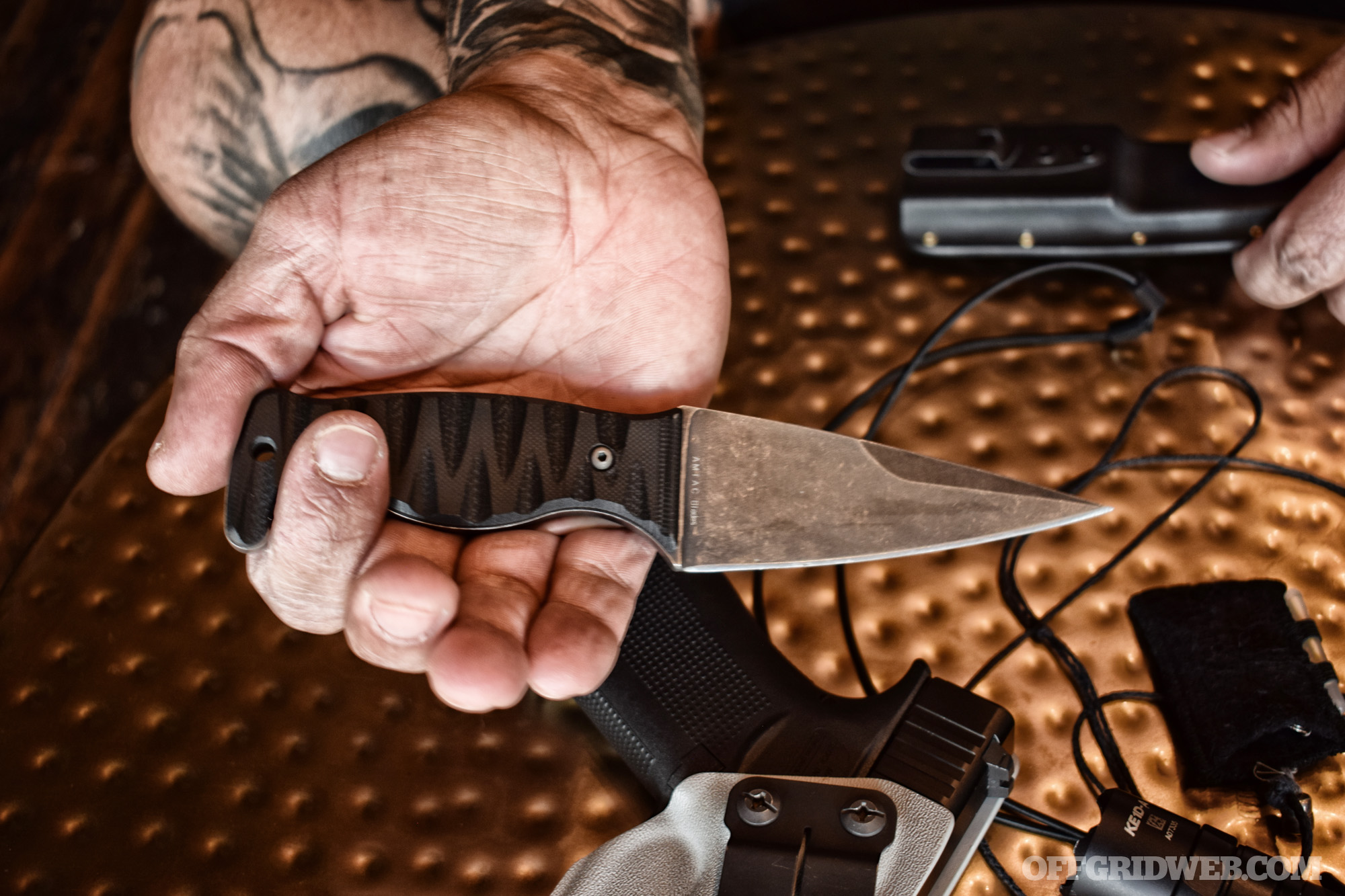
Above: This Amtac Blades Northman is one of an extensive collection of high-end yet functional blades that Ryan has collected.
What’s one piece of advice you’d give to someone looking to get into the VIP protection industry?
RA: Show up, put yourself in front of everyone, be helpful, and don’t complain.
I’ve never missed a day of school or work in my life. That’s my superpower, I don’t miss days and everything I have going on in my personal life is secondary. If you are going to thrive in celebrity protection world, you’ll have to do a lot of non-security work. I like to joke with new guys, “Do you pick up dog poop?” … “Now you do!”
Which of your skills has proven most valuable for your job?
RA: Communication. You can be the smartest person in the room, but if you aren’t relatable, you won’t get people to do what you want. Being in charge of a building filled with locals that don’t speak English and a couple of interpreters that are overworked and spread thin is mind-bending.

Above: The back panel of Ryan’s Vertx backpack contains a DFNDR Armor ballistic panel, which can serve as a shield for clients in emergencies.
We hope to attend one of your High Visibility Protection courses in the future. Tell our readers a little about what you teach in the class.
RA: I like to talk about situational awareness a lot, expanding all the parts and then bringing it back together. We go over deconstructing environments and simplifying complex situations. As humans, we can only think critically about a finite number of things each day, how to manage that along with our emotions is critical.
I go over counter-custody and kidnap ransom in a separate block based on my experience overseas and things I’ve learned from guys like Ed Calderon and “Karl” from 4Tac5.
We discuss edged weapons and sheathing systems along with targeting soft tissue, based on the teachings of Scott Babb of Libre Fighting. I like to show students “a way to do things” not “the way to do things.” There’s a million ways to skin a cat — start with a sharp knife!

Above: Ryan carries extensive medical equipment when traveling abroad. It’s attached to a Vertx SOCP deployable insert for quick access.
What are questions you get the most through social media and in your classes?
RA: The knife world is bizarre. There are combative guys, custom makers, people from the occult, and secret squirrels from elite military units that creep into my DMs. I’ve tried to stay helpful and honest with everyone. I am not the authority on fixed blades, I’m just a guy with some unique training, lots of worldly experience and personal opinions.
About Ryan Atkinson

Age: 42
Hometown: Boise, ID
Martial Arts Background: Wrestling, boxing
Childhood Hero: My grandfather, the hardest worker I’ve ever met.
Recommended Reading List:
- Star Man: The Right Hand Man of Rock ’n’ Roll by Michael Francis
- Protection for & from Humanity by Todd Fox
Favorite Movie: Man on Fire
Favorite Drink: Anything, as long as it contains beer.
Favorite Quote: “Work’s the boss.” And “The dream is free; the hustle is sold separately.”
Website: www.fldwrx.com / @fldwrx on Instagram
Ryan’s EDC Gear:
